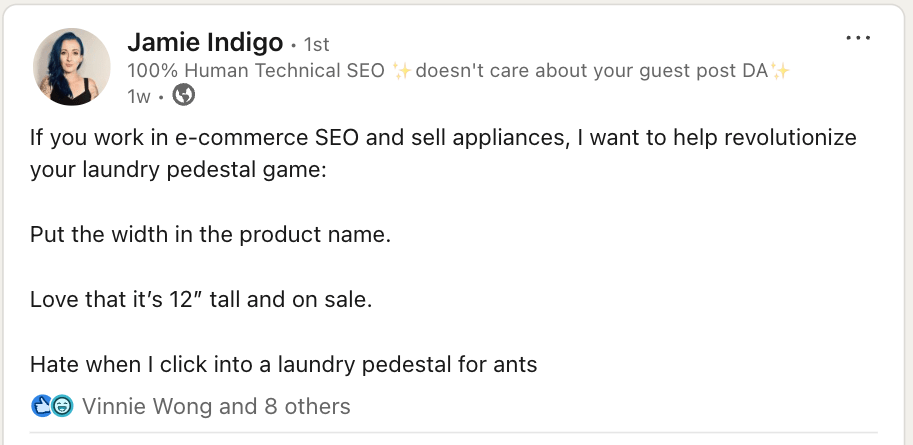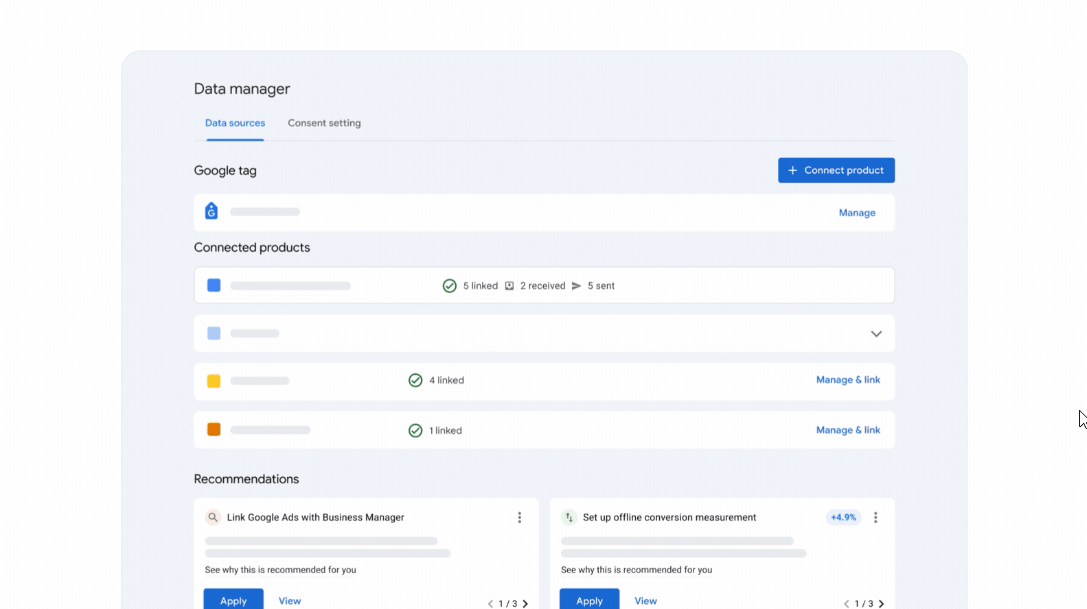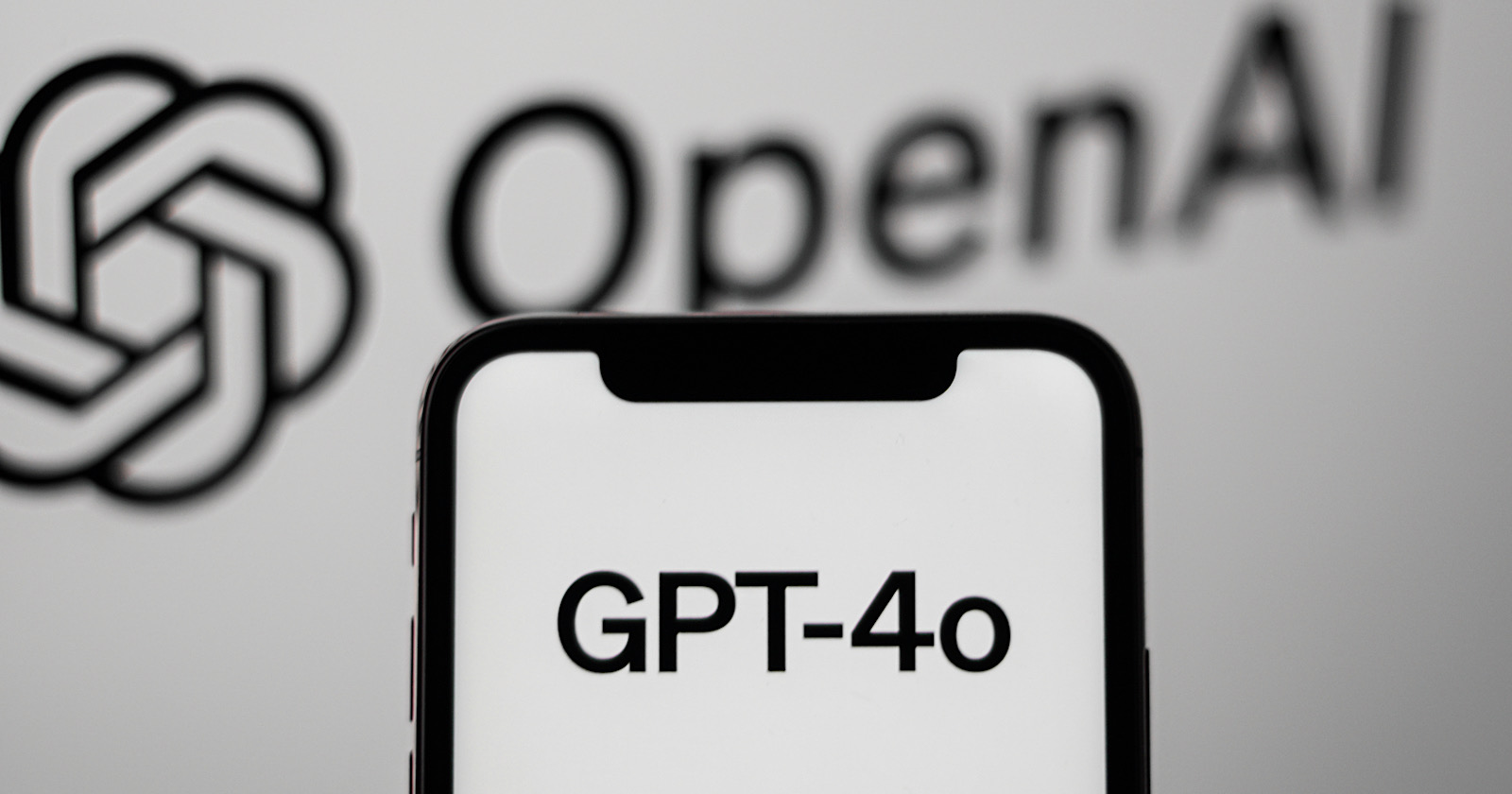Semantic SEO: The Advanced Skill Most SEOs Pretend to Understand
It’s not a different type of SEO. You don’t need to do wildly different things. Rather, it’s a mental model that advances: The way you think about SEO strategy The SEO goals you aim for The processes you follow...
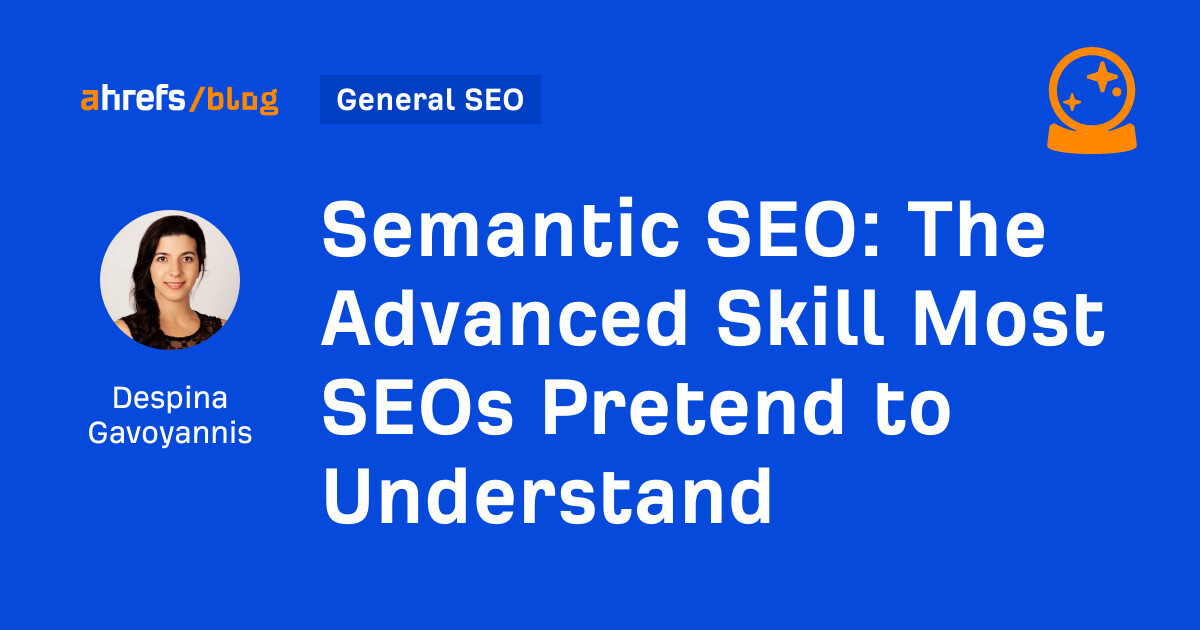
Semantic SEO sounds complicated, but it simply boils down to doing SEO without cutting corners. If you do SEO properly, you’re automatically doing semantic SEO. It’s just that most people aren’t doing it properly… It’s not a different type of SEO. You don’t need to do wildly different things. Rather, it’s a mental model that advances: This is a no-hype, no-bs guide on how you can implement semantic SEO on your website. We’ll cover what “semantic” means, how it applies to search engines and LLMs, and how I and the following experts actually do semantic SEO and get meaningful results for clients. Let’s dig in. The word semantic means “of or relating to meaning”. For example, the word “dog” has meaning to us, “asdf” does not, it’s just a random string of characters. To machines, all words are random strings of characters. The field of semantics focuses on training them to interpret the meaning of words based on how we (humans) use them. Search engines don’t speak English. They speak code. Semantic SEO is about translating your meaning into their language. The more popular a particular sequence of characters is, the higher the chance it has meaning. The more two separate strings are used together, the more likely they are related. Notice the language I’m using — “more likely”, “higher the chance” — it’s all a matter of probabilities and calculations because machines cannot truly understand things the way we do. Repetition and patterns in how humans use words are how they infer meaning. That is the basis of semantic search. Semantic SEO is about showing up in search engines and LLMs that surface content or create responses based on meaning rather than word strings. They typically work by matching the topics in a user’s query with documents that cover that topic well. This is different from old-school search engines that match content based on the exact words used (a bit like how Google Scholar works today). The way all senior SEOs I interviewed think about it is as an overlap between: It’s where brand strategy overlaps with technical and on-page SEO — and that overlap is growing. It’s all focused on how machines interpret your brand and content so they can mention you in more responses, accurately. Rankings and traffic have long been the staple goals of traditional SEO projects. However, they’re concerned with if a brand shows up in search results. It doesn’t necessarily matter how because the expectation has been that content will be featured verbatim as it is on the brand’s website. Sure, Google uses different styling to emphasize relevant parts to searchers, but it doesn’t completely rewrite your content. For instance, this search result displays the post’s first sentence word-for-word: The goals of semantic SEO, however, are much more concerned with how a brand is featured. These are the questions that now matter but traditionally were not a concern. This is because of how modern search engines and LLMs present answers. Thanks to AI features, they can now rewrite a brand’s content in confident, authoritative-sounding prose. They can (and often are) confidently wrong in a way traditional search results could not be. They also tend not to use your brand’s content verbatim. Rather, they summarize your content based on their understanding and interpretation (a lot of which is formed from what other people say about your brand or topic). So, to do SEO properly these days, you have to understand how search engines have adapted over the years and what factors now influence your brand’s visibility. Search engines (and now LLMs) can retrieve information and present it to searchers in different ways. Elie Berreby explains this very well: Let’s imagine you are searching for beautiful new shoes 🙂 Lexical retrieval would be searching your favorite online store using a specific product code: “SHOE-1337-A”. It will find that exact product or nothing. Lexical search could also mean searching “red leather shoes”, but it would only look for listings containing precisely those terms. With semantic retrieval, imagine you search for “comfortable red shoes for dancing”. The system would understand your purpose (to combine “comfort”, “elegance,” and “sport”) and use product descriptions, categories, colors, and possibly reviews to suggest suitable items… even if your exact words aren’t in the product title. It retrieves based on your needs or on concepts evoked, not just on keywords. The way in which semantic processes are used for information retrieval affects how your content and brand gets surfaced. For example, Baidu has created both a lexical index and a semantic one, allowing it to index content in both ways. Google, has used vectorization for a long time and heavily relies on semantic processes during the reranking stage, right before choosing which results it thinks will be best for a searcher to see. On the other hand, LLMs are almost completely semantic and rarely use lexical or hybrid methods. Some AI models first do a quick yes/no check to see if they need extra info. Bigger, fancier ones can then grab outside data, run code, or use tools automatically to give you better answers. They can retrieve from external data sources that are semantically embedded into a vector database ahead of time, usually custom content like PDFs, websites, or docs indexed by the dev team. At query time, the input is embedded and compared to that database using semantic similarity, not search engine rankings or live knowledge graphs. It’s all about what’s in the embedding store. Some setups do use search engines to fetch pages first, then embed them, but that’s not the default. When it does occur, LLM retrieval is almost always semantic, not lexical, though some hybrid methods (e.g. BM25 + vectors) are also used. In a nutshell, LLMs tend to be purely semantic, while modern search engines use a lexical base that’s semantically augmented in different ways. According to Olaf Behrendt (Senior Data Scientist at Yep) and Brandon Li (Machine Learning Engineer at Ahrefs), it’s unlikely Google or other search engines will become fully semantic and completely replace lexical search for a few reasons: Things may definitely change in the future, especially with new features like Google’s AI mode becoming more commonplace. However, until then, keyword-level optimization will remain an important baseline for showing up in traditional search results. Entity SEO (and other semantic SEO processes) will need to enhance your baseline keyword strategy to increase visibility in LLMs or AI-driven areas of search results, such as AI Overviews. So, all this theory is good to know, but you might be wondering what to do with it. Remember, doing semantic SEO doesn’t require anything different than regular SEO. It’s just a more advanced way of thinking and focuses on optimizing for meaning. It’s about caring how your brand and content show up, not just if they do. This is why semantic SEO was cited as one of the top advanced SEO skills in a recent poll among 100+ SEO experts. So, let’s look at how experts apply semantic thinking to common SEO processes. Creating a brand guide ensures your brand is consistent everywhere it’s featured. It also aligns everyone in your company to refer to it the same way in all communications. Ensuring a brand is clearly defined and communicated is one of the biggest focus points of semantic SEO since machines cannot infer meaning from your brand name alone: Specifically, it’s all about the technical side of branding and codifying your brand guide so machines interpret who you are and what you’re about correctly. Brand has to be a distributed source of effort because when you have thousands of employees, you can’t control every touchpoint. You need to codify it to keep it consistent. Perhaps more importantly, codifying your brand allows you to also explain to others the correct way to refer to you. Think of media kits, public logo files, and correct and incorrect ways to shorten your brand name. Sidenote. Codifying in this context does not mean to turn your brand into code. Rather, it’s about creating a well thought out plan or system about how your brand should be represented and documenting it in clear brand guidelines for internal (company) and external (media) use. For example, here’s Ahrefs’ media kit, where we make it easy for others to reference our brand the same way we do. Since LLMs learn a lot about your brand from what others say, the more consistency there is between how you self-reference your brand and how others talk about you, the more likely LLMs will interpret and surface the correct information about you. You need the internet to talk about you in a consistent way. That’s what gives your brand context beyond your own ecosystem. Otherwise, LLMs may hallucinate responses based on misleading data or other people’s opinions. Once you clarify who you are and what you do, you’ll need to connect your brand to things LLMs and semantic search engines can use to understand more about you. Connecting your content to core entities and topics is already fairly standard practice. However, advanced SEOs also connect the brand to features and attributes of these entities that matter most. Think of it like how: Remember, when doing semantic SEO, we’re optimizing for meaning. Brand names on their own have no tangible meaning, so we need to create that meaning for semantic search engines to latch onto. This is more than just adding specific words or entities in your content. You can’t just say you’re the “best at X” or “the most Y.” It’s about other people saying this about you, too. This ultimately comes down to branding, something that traditional SEO has not concerned itself too much with. You can get started with Ahrefs’ Brand Radar. Check out either your brand or competitors’ to spot what descriptive words, audience segments, or product categories get mentioned in AI Overviews: These are the features and attributes that LLMs connect to brands in your industry. Pick the one you care most about because this isn’t a matter of being known for everything. Instead, good branding comes down to being known for how well you do one thing. For example, I successfully did this for a local aged care facility. This was prior to AI Overviews being launched, so I used Google’s autosuggest at the time and noticed that attributes related to quality and price were commonly searched: By connecting their new brand to these attributes, we could position them as the #1 choice for people who prioritize “value for money.” It’s more than just saying your brand is #1. You also have to prove it using authoritative, indisputable sources or some other mechanism that builds trust. So, for this project, my team and I used government data that allowed us to show how this aged care facility: We integrated this data either as micro-copy or entire sections everywhere it made sense to add it, like the: In my interview with her, Sally also endorsed this approach: Don’t silo your identity to your About page. The homepage, service pages, even your footer — they all reinforce who you are to a machine. Because we used data from an authoritative and immediately trustworthy source, we could be bold in our messaging and say things like: We’re the #1 facility for resident experience in {city}. Or… Our rooms are twice as big and up to 33% cheaper compared to 450 alternatives in {city}. Anyone else who spoke about the brand and saw the stats based on government data could then trust our data’s source and be more inclined to repeat this messaging. Thanks to this approach, some LLMs selected this aged care facility as the #1 choice when asked about “value for money”: Perplexity also went a step further and created a comparison table: It hallucinated some points about typical facilities in the city… but it got all the remaining stats about this local business correct, most likely due to the consistency, clarity, and frequency with which we communicated them. This result is a major early win, considering this aged care facility was still a new player in the market, didn’t yet rank organically for related keywords on search engines, and did not use the words “value for money” on their website. That’s a semantic SEO win right there, something traditional keyword-based SEO would be unable to achieve. Have you ever worked on a project where the URLs were automatically created by a CMS and looked like site.com/kj72376g8js? That’s what I call “alphabet soup” URLs since they’re just a random string of characters that make no sense to machines or humans. Converting these to user-friendly and search-engine-friendly URLs improves SEO, but it can certainly be a challenging process. Semantic SEO can help make the process easier, though! For instance, you can use many tools that provide semantic information about each page on the site, like: To keep things simple, I like to use Ahrefs’ Top Pages report if the site has been around for a while. In one easy view, you can connect URLs to their best-performing keyword and streamline your approach to changing and redirecting URLs. Not only that, but for large sites, you also get built-in prioritization since you can arrange the pages in the order of: For newer sites with no performance yet, you can use Ahrefs’ Site Audit instead. Check out the Page Explorer report and customize the columns: You can use the following highlighted fields in the “Content” section to extract keywords, entities, or other semantically meaningful content to use in your URLs: You can also take it up a notch and use semantic text analytics software to extract the most dominant topics and entities on each page. Some options worth trying (depending on your technical skill level) include Google’s Natural Language API and Text Razor. What you’re looking for is a fast way to connect each page to a specific topic it talks about, then turn that topic into the slug to replace the alphabet soup (with 301 redirects, of course). Most SEOs think of information architecture as “URL structure”, but it actually also involves: Traditionally, mapping out all these elements is part of the UX design process. Where most designers go wrong is that they don’t align these elements with keywords that people search for. Advanced SEOs work alongside design teams to ensure these elements are all not only keyword optimized but also semantically optimized. My approach here is to use the EAV model (entity-attribute-value): This is especially helpful for sites that need to organize collections of listings like: The listings are the entities you’re optimizing for. The collections of listings are generally where you’ll need to consider the features and attributes that apply. The exact values that you use will come from keyword research. These tend to be adjectives or descriptive modifiers used in keywords. Here’s an example of how I would map out the relevant features and attributes for an ecommerce store selling saws: Most SEOs create collection pages based on these features. But the best ones also extend that to the taxonomies (categories and tags), filters, and navigation elements. Even microcopy like page and product titles can benefit with these attributes clearly included. For large sites with lots of listings, you can automate a lot of the tagging and labeling for your listings and their images with tools like Filestack. A lot of its intelligence features are semantic in nature since they interpret meaning (and even emotions) behind images and text. This is the secret to continual growth even through multiple algorithm updates. Here’s an example of one of my B2B ecommerce clients for whom I created a semantically-optimized information architecture 4+ years ago. They attribute this approach to semantic SEO as the #1 factor that allowed them to grow organically year-over-year, remaining unaffected from algorithm updates along the way. Adding information gain to content aligns with a semantic approach to SEO, one that prioritizes meaning, relevance, and contribution to a broader knowledge graph. Content writing is the backbone of most SEO. Yet, traditional thinking (enforced by content optimization tools) is to: Most of this comes down to cramming keywords and entities into your content. There are a few things wrong with this approach. Firstly, it’s the biggest reason why most SEO content becomes just another indistinguishable drop in the sea of sameness. Secondly, it’s basically a slightly more nuanced version of keyword stuffing. More advanced writers will do more than remix existing content. They will aim to contribute something new to the conversation so their content truly stands out and is helpful to their audience. That’s why at Ahrefs, we took the approach of surfacing interesting and relevant topics in our AI Content Helper instead of providing a list of terms to try and squeeze into your content. Here are some helpful guides for leveling up your content further and standing out in the sea of sameness: One of my favorite use cases of semantic SEO is closing page-level topic gaps when updating content. Content updates are a stock standard thing people do for SEO these days to maintain freshness. When you also close topic gaps, that’s a semantic task because it’s about covering meaningfully related concepts, not just sprinkling in missing keywords. But, it’s one thing to say, “add more topics” to content and it’s another to know exactly what topics to add and exactly where and how to do it. The easiest method is to check out Ahrefs’ AI Content Grader. You can compare your content alongside the top-ranking posts and get a side-by-side score for how well you each cover specific topics. You can also get topic improvement recommendations: Another method I’ve had great success with is checking out the keywords a post used to rank quite well for, especially if it was ranking but didn’t explicitly mention the topic in the content. You can see this in Site Explorer > Organic Keywords. I like to click and drag the graph to compare the peak traffic with the lowest point in a decline afterward. It shows up as an orange highlight like this: Then, check out the exact keywords for which you lost visibility. I prefer to order the list to show the keywords with the greatest traffic change up the top: Usually, a drop in performance can be because: No matter the case, you can look for patterns in the topics you lost visibility for and optimize your content better for them. In the above example, all of the top keywords that lost visibility were about “CGT,” or capital gains tax, specifically in relation to the 6-year rule. However, the content talked about these terms separately and never optimized them together. For instance, the main heading was “Understanding the 6-year exemption rule on property investment”, no mention of CGT. None of the CGT sections in the content mentioned the 6-year rule. So that’s one of the major gaps we closed when updating this piece: This approach made all the difference in performance: When semantic SEO is mentioned, many people immediately equate that to “topical authority” — the idea that your site should cover a subject deeply and thoroughly so that search engines see you as a trusted source on the topic. A lot of people translate this as writing about anything and everything related to your brand’s main topic. This thinking is responsible for a lot of SEO content spam that has flooded the internet in recent years. It would be the equivalent of thinking a brand like Nike should create content about everything related to shoes — including banal things like: Don’t do this. It doesn’t work. It’s also not what semantic SEO is truly about. What’s missing in this thinking is the topic’s relevance to your brand. Remember the Venn diagram at the start of this post? Connecting your content to your brand goals is what separates advanced thinking from basic thinking. It allows you to take on more nuanced challenges and help brands identify which keywords are worth targeting over others. For example, the terms “product design software” and “product design tools” relate to different services and business types. One is about physical product design (like designing tangible products you can manufacture), and the other is about digital product design (like prototyping SaaS apps and websites). They have very low semantic similarity despite being similar on a lexical (word) level. You can verify this in Ahrefs’ SERP comparison feature, which shows you how similar results between keywords are and whether you can target them in the same content strategy or not: In this case, the same website should not target both; otherwise, you’d be confusing semantic search engines and LLMs about what your brand actually does. Check out my full process for How to Build an SEO Topical Map That’s Relevant to Your Brand if you want to master this skill more deeply. Structured data is a powerful data source for search engineers. They can pull from several different sources around the web, but you should carefully optimize two on your website: schema markup and semantic HTML. “Careful” is the operative word here. A lot of people use structured data to try and signal things that don’t exist in the real world. That just muddies the data and increases the likelihood you’re ignored. This sentiment was echoed by Brandon, one of Ahrefs’ data scientists with a robust skill set in knowledge graph architecture. He mentioned structured data as a useful data set if it remains clean, well organized and used properly. Otherwise, it can “mess up [his] data set,” and he’s less inclined to use any data that’s messy or inaccurate when building out a knowledge graph. So, the more SEOs pollute a data set by incorrectly optimizing it or abusing it, the less effective it becomes as a way to surface content. Thankfully, it’s really easy to use schema correctly. Schema is like a translator for your content. It gives it structure so machines can better understand what’s on your website. Adding descriptive schema markup to a website’s web pages provides the missing piece for machines: context. That is, how one entity is related to another. For example, how the business (Organization Type), offers a service (Product/Service Type), for a particular audience in one or more geographies. Dentsu has a great schema markup generator: You can use this to: On the other hand, semantic HTML is about the code structure of your content. It uses code that makes more sense to both humans and machines. For example, instead of using a generic <div> tag for everything, you could instead use <header>, <footer>, and other similar tags to denote types of content on your page. You should also pay attention to how you structure specific content elements on the page like: Ultimately, most sites on the internet don’t have good schema or semantic HTML markup but they can still be included in search indexes and embedded by LLM’s. If a brand needs to be in a knowledge graph as a known entity, it should be in that without schema. Schema is an add-on. Most sites don’t have good schema or semantic HTML, but Google still builds its knowledge graph because of the branding and content they’ve got. Advanced SEOs pay attention to these things because they enable search engines and LLMs to more accurately represent and interpret a brand. It comes down to controlling how your brand and content are represented in LLMs. Structured data is a big part of that and can work wonders for clarifying your brand identity from a technical standpoint if you implement it correctly. Link building remains an essential pillar in SEO. But dominant thinking in traditional SEO has been just to get the link. However, as search engines become more semantic, simply obtaining a link or mention is no longer sufficient. Modern SEOs are increasingly considering the context around these links, especially in terms of brand sentiment. Semantic search engines can now evaluate not only the meaning behind content but also the sentiment—positive, negative, or neutral—towards a brand. This shift in search engine capabilities demands a more nuanced approach to link building that also incorporates digital PR and reputation management. My favorite example to illustrate is the topic of Taylor Swift and her jets. It all started in 2022 with marketing agency Yard when they released a report listing celebrities with the worst CO2 emissions due to their private jet usage. Tay Tay was at the top of the list. It became a whole saga. A year later, the topic became even more popular but in a radically different way. She attended a New York Jets game, which caused some journalists to wonder if it was an SEO move to improve her reputation management. Whether this was an orchestrated attempt at shifting sentiment from negative to neutral or even positive is unknown. However, we do know it backfired in Feb 2024 when the negative sentiment returned with a vengeance when Swift threatened legal action against the student who manages the jet tracking accounts on social media: This case demonstrates how strategically managing brand mentions and the surrounding content can influence perceptions of a brand in search. It’s a prime example of semantic SEO in action—changing the narrative and sentiment around a brand, rather than simply targeting keywords. Effective link building today involves not only acquiring links but actively managing the sentiment of brand mentions to enhance online reputation. Local SEO often gets overlooked when people dive into more complex topics like semantic SEO and entity optimization. However, there are some big wins to be had here, especially when you think beyond traditional keywords and start optimizing the broader semantic context of your business. The key is to go beyond just services and locations, which are often the basics of local SEO, and really dive into the details. In other words, this is semantic SEO because you’re helping search engines build a richer, more accurate understanding of what your business does by mapping out the full set of related concepts, services, technologies, materials, and features. Instead of just saying “we clean buildings in Sydney,” you’re teaching the model what types of buildings, what materials, what problems you solve, and how you solve them. Take an external cleaning company, for example. You can map out things like: These are all the entities and/or features and attributes related to the service. You can quickly identify many of these using the “cluster by terms” feature in Ahrefs’ Keywords Explorer: You can also map them out in a spreadsheet based on common themes that you encounter in competitor content or other content about the topic. Here’s an example of results achieved doing this for a local business: For other services, you may also find additional entities that are more relevant. For instance, in the aged care industry, which is heavily regulated and also part of the YMYL (your money, your life) category, you might choose to expand your strategy to include entities like: All these elements build trust, improve E-E-A-T (experience, expertise, authoritativeness, trustworthiness), and enhance the brand’s overall online reputation. The good news? It’s not hard to do. Most SEO pros overlook these details for local businesses because they’re stuck in the cookie-cutter approach, but taking the time to map out all the connected entities can seriously boost your local SEO game. Whether it’s the services, tools or people, these are all essential parts of optimizing your local presence. At the end of the day, semantic SEO is just doing SEO properly. Sure, there’s a technical side to it, but that’s true for all of SEO. It’s about how machines interpret who you are, what you’re about, and how your content fits into the bigger picture. At the risk of sounding reductionist, if you’re doing “advanced SEO”, “LLMO”, “entity SEO”, “GEO” or whatever other acronym people make up when optimizing for semantic information retrieval, it’s all semantic SEO… which is regular SEO done properly.
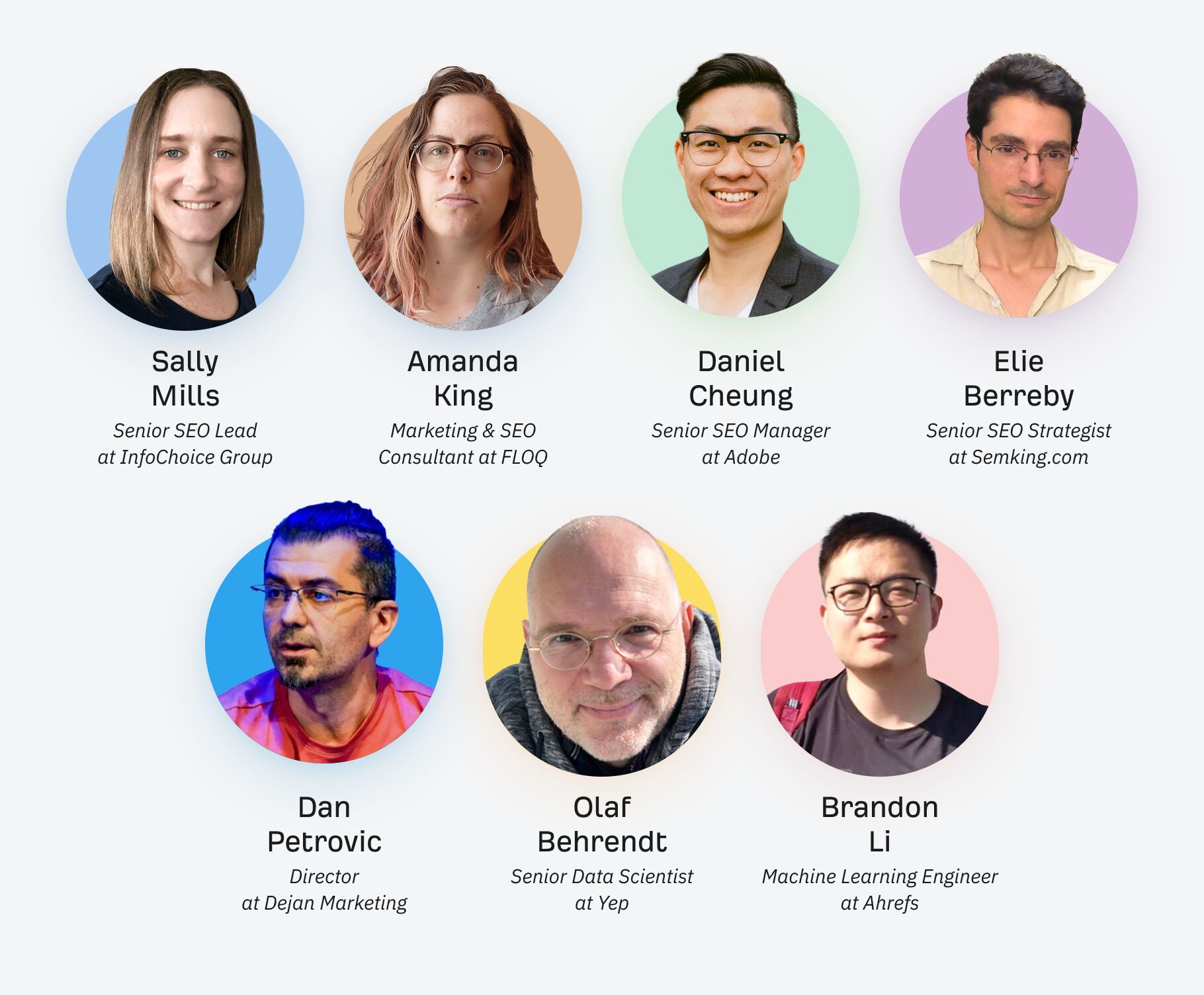
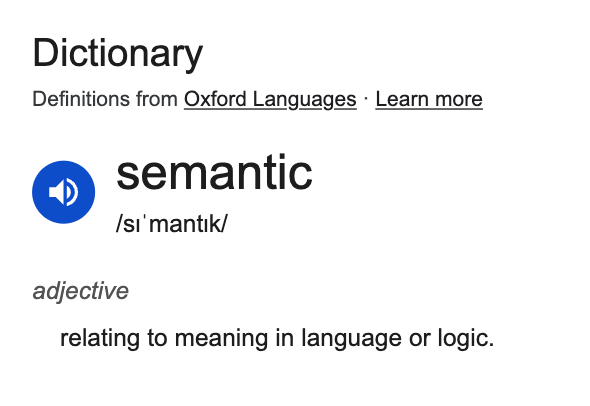

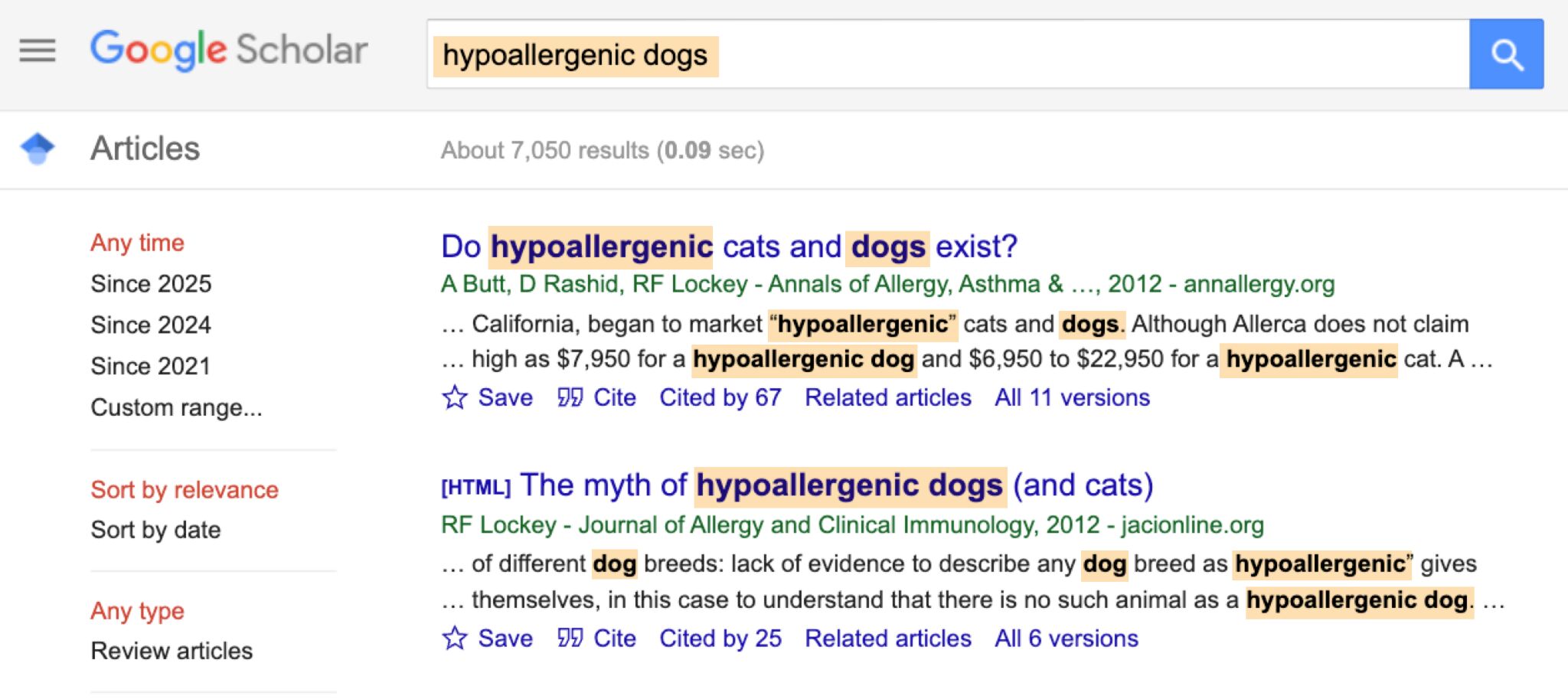
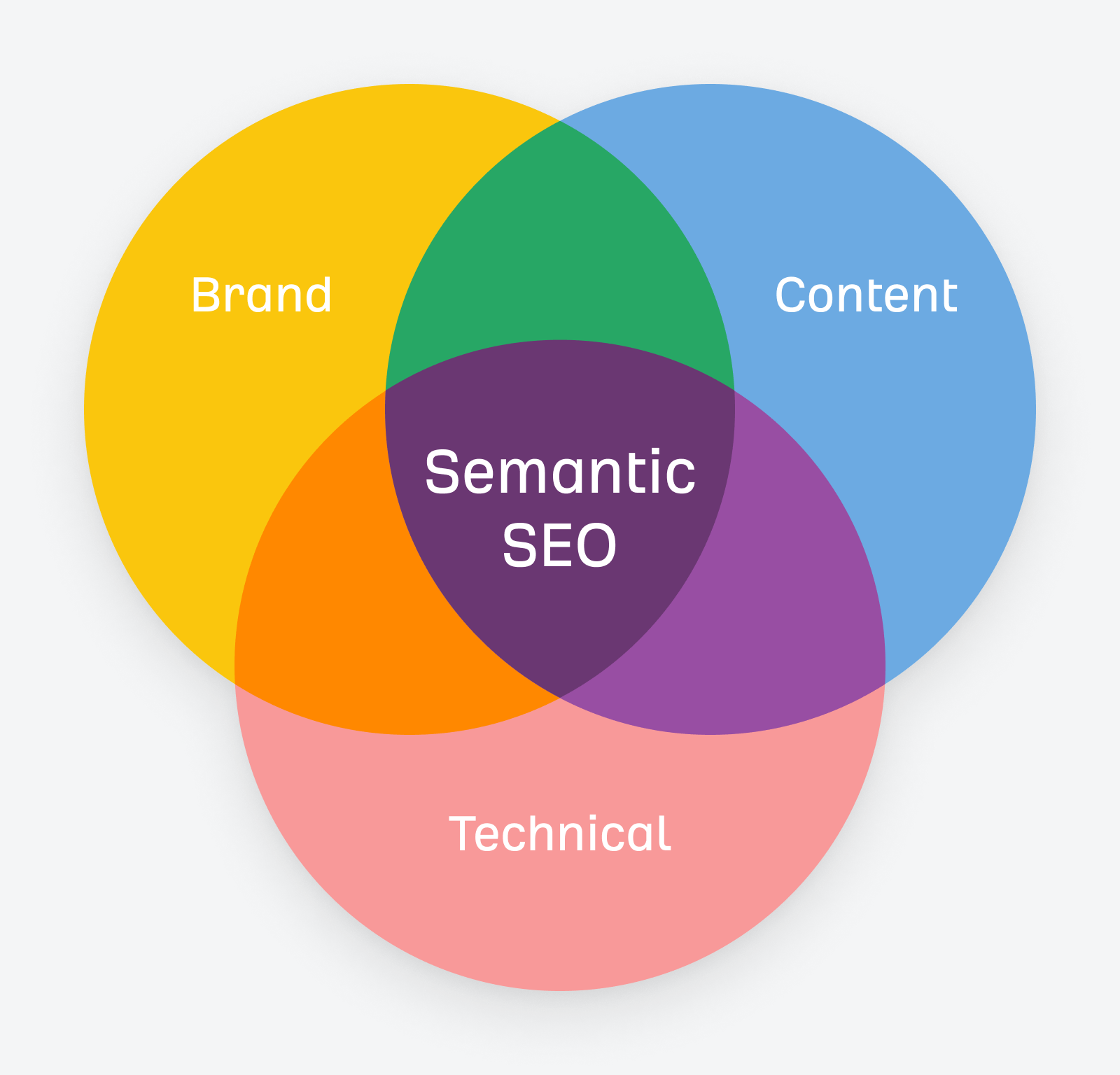

The goals of semantic SEO



Will search engines, like Google, become purely semantic?
1. Define your brand and build a universal brand guide

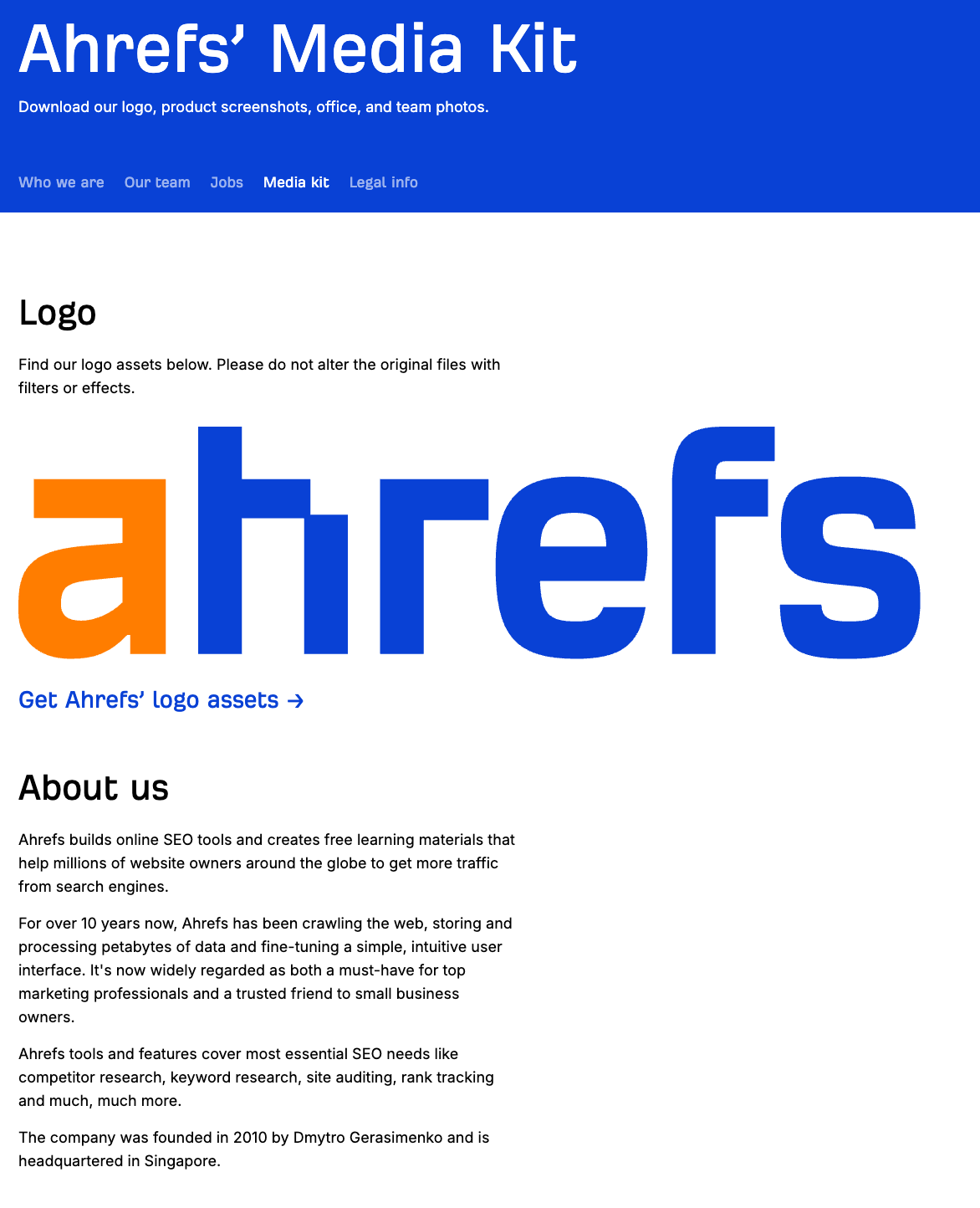

2. Connect your brand to features and attributes people care about
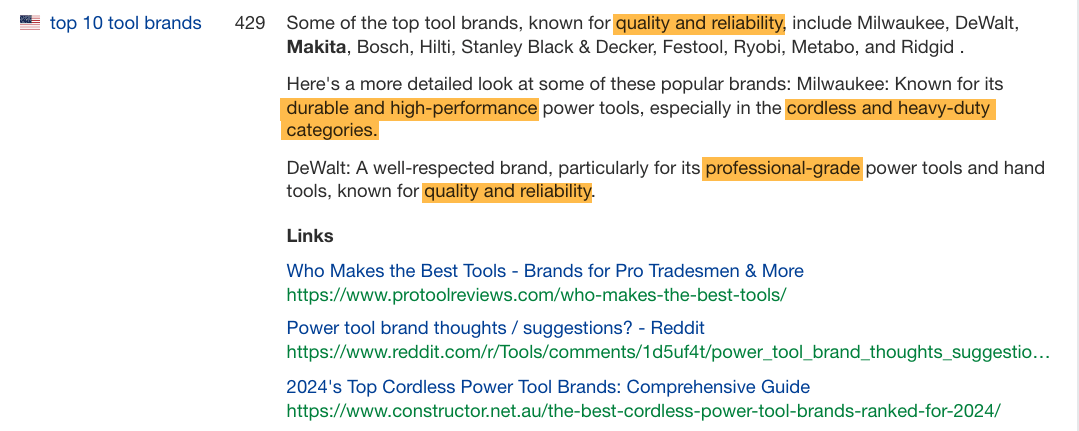
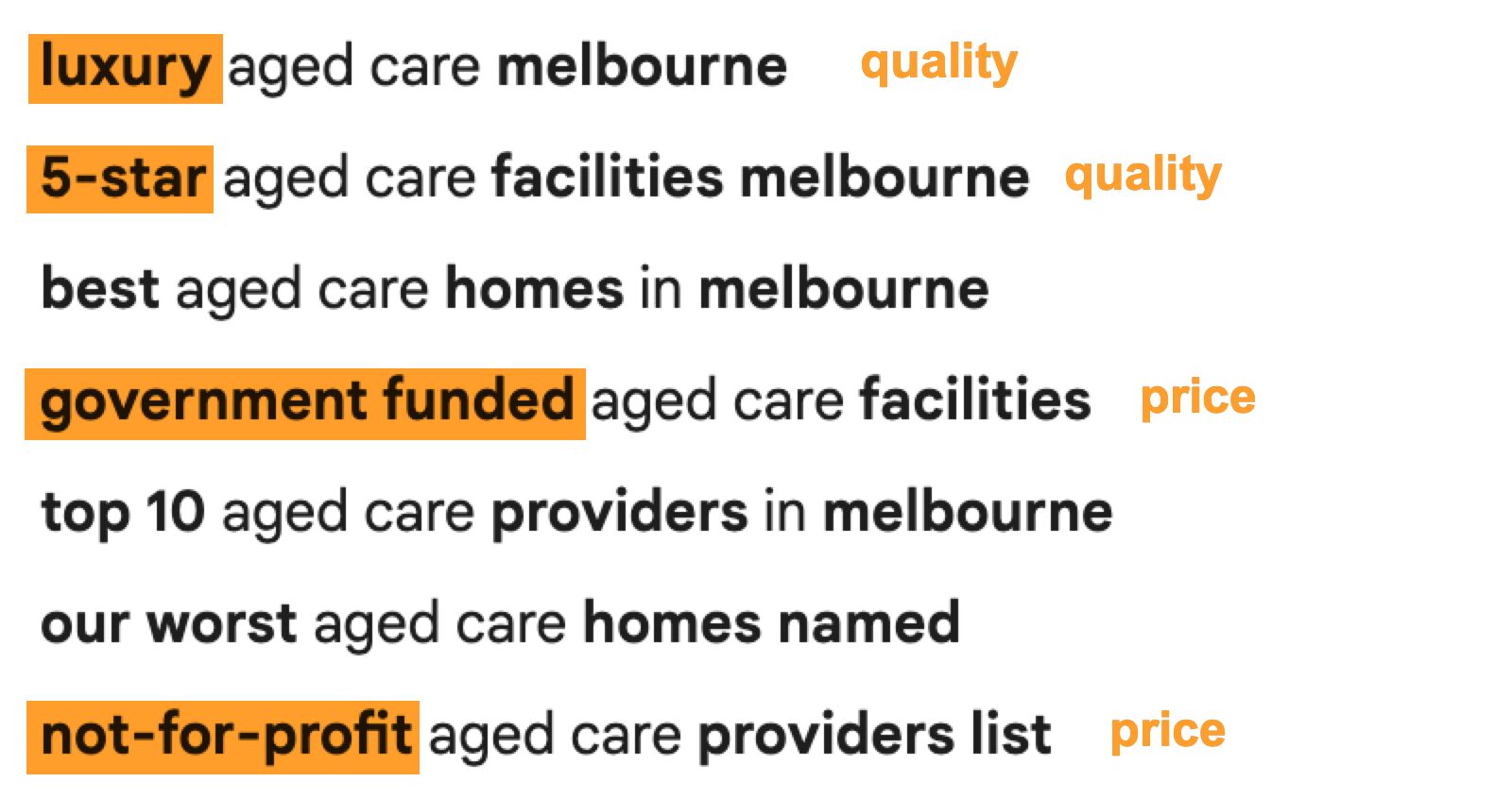
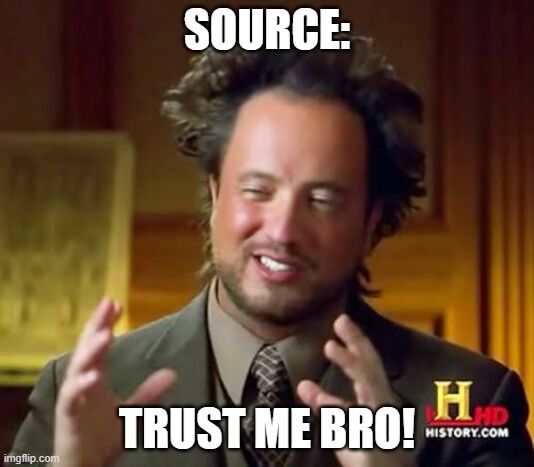

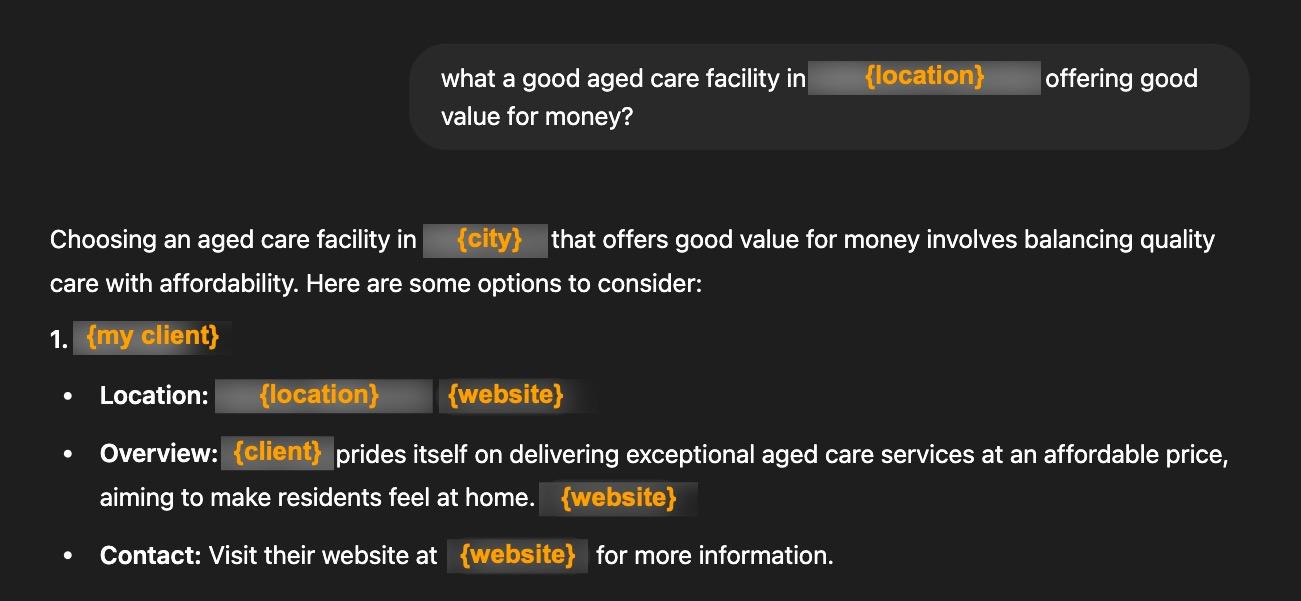
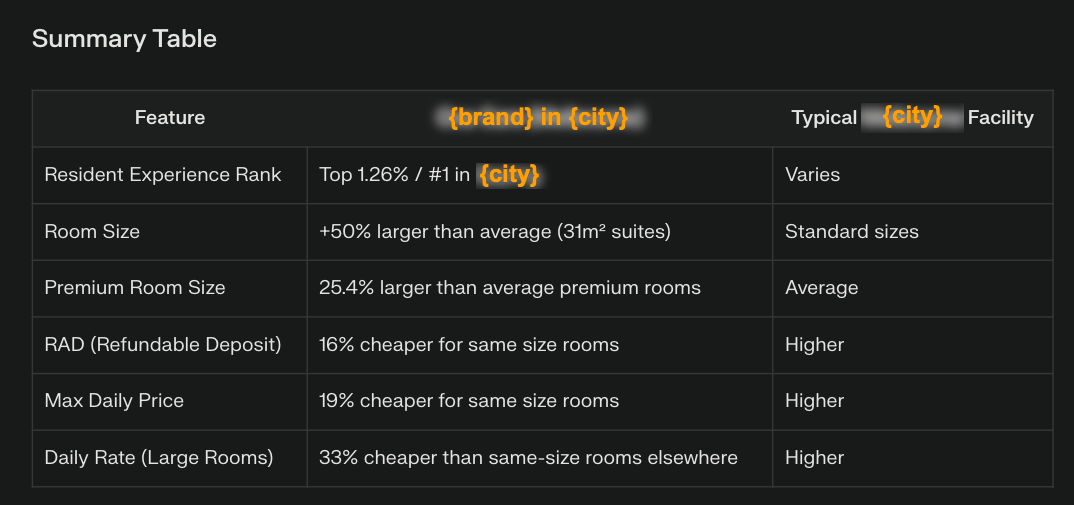
3. Add keywords (and meaning) to “alphabet soup” URLs
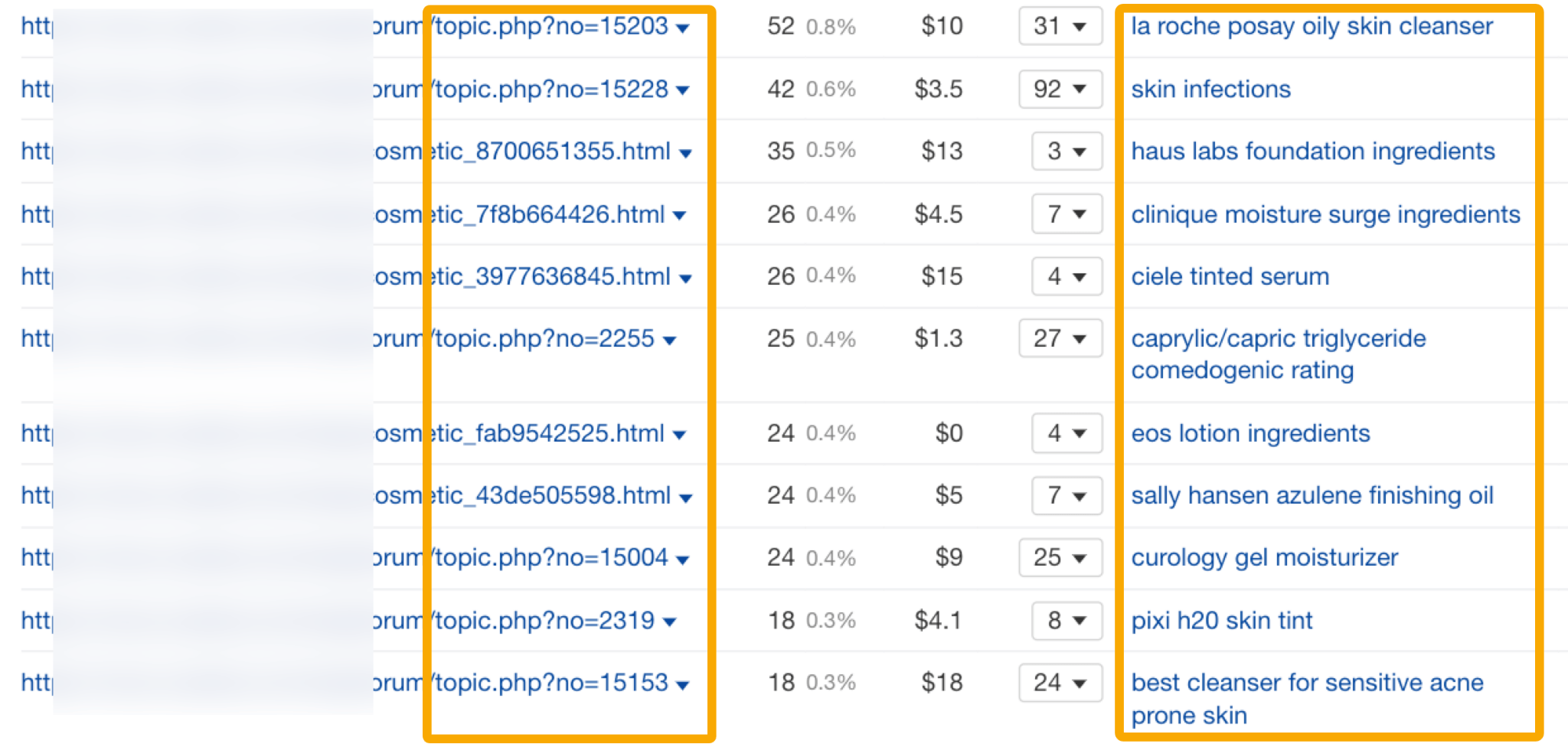
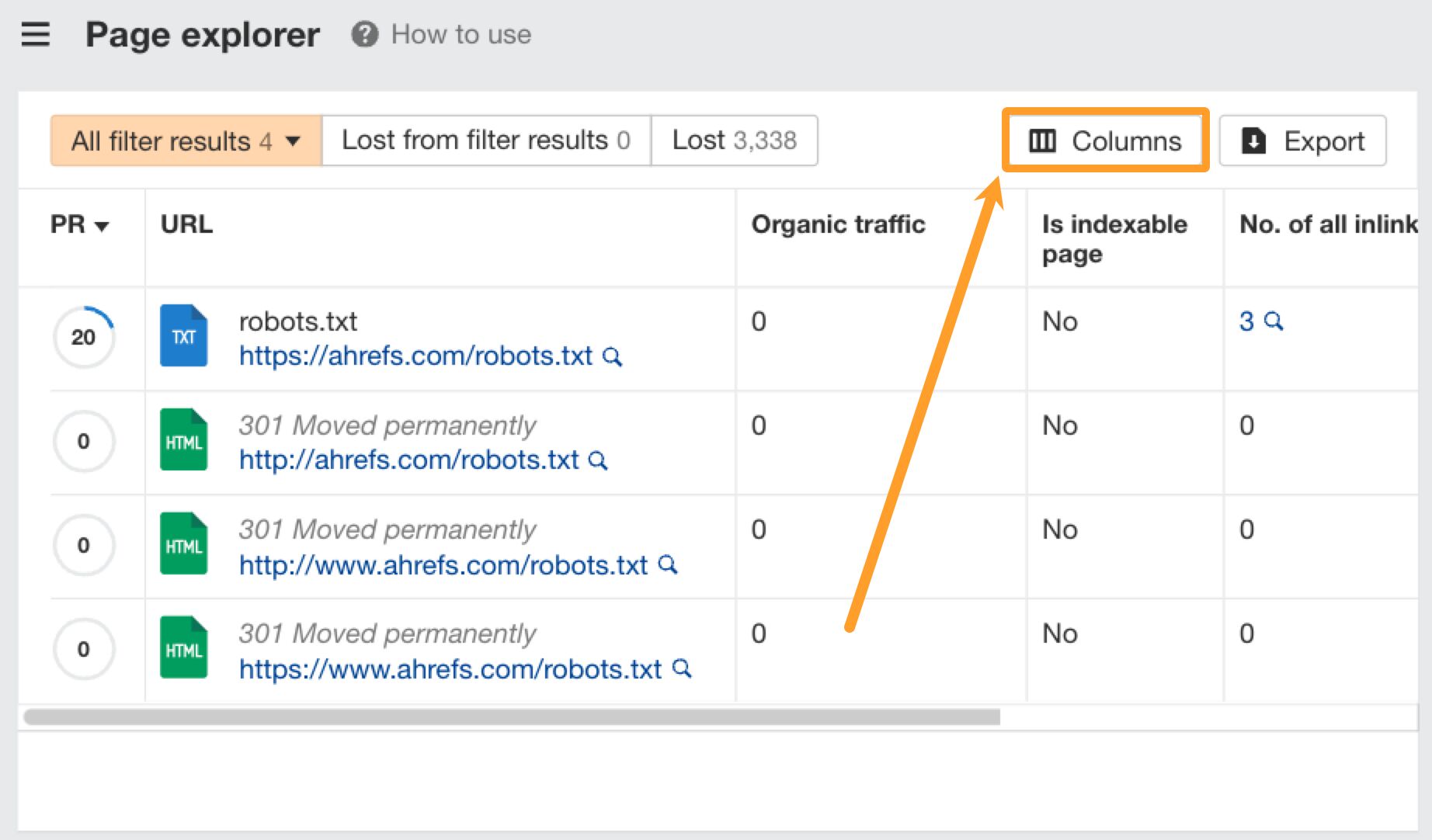
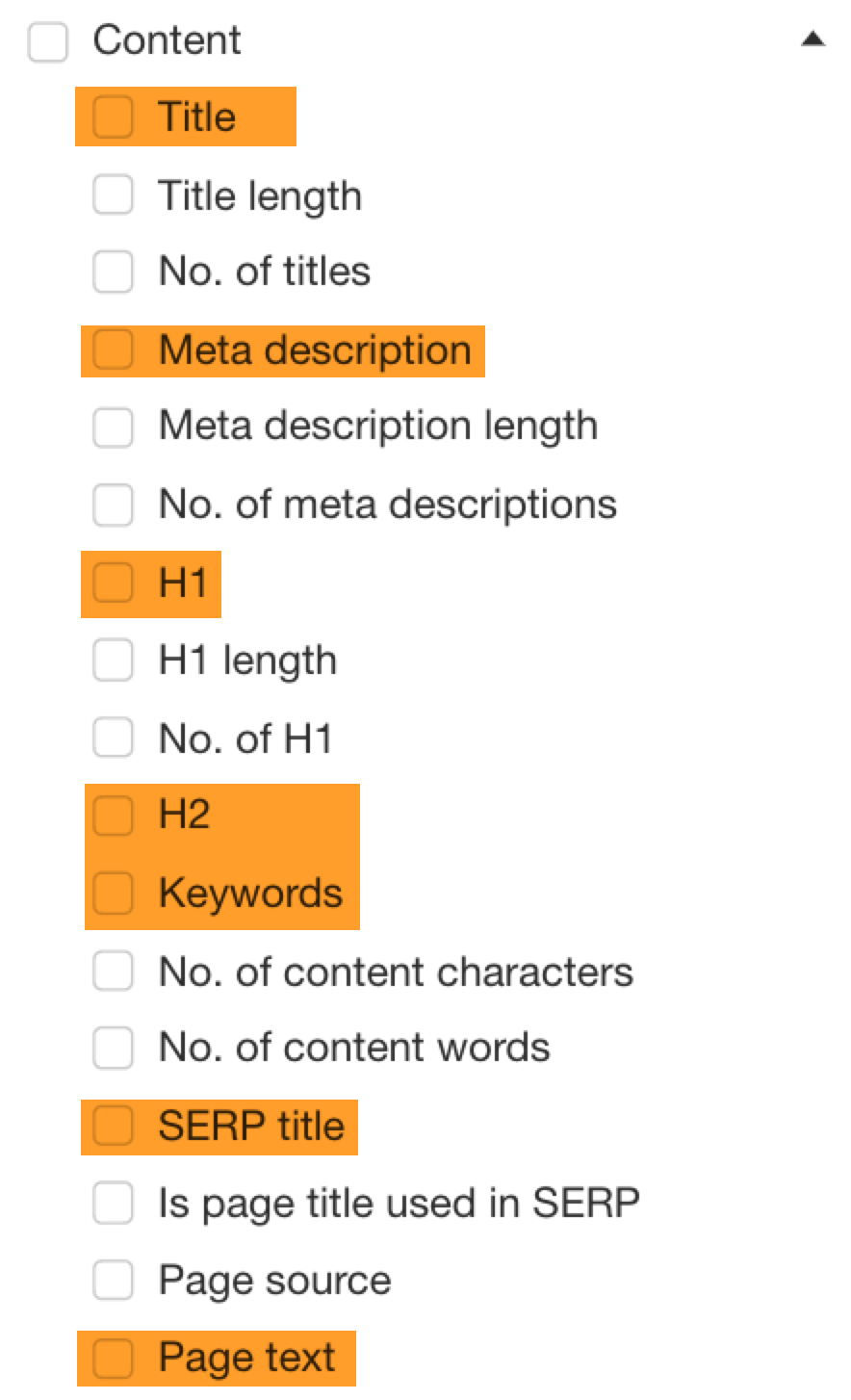
4. Map out a user and search-friendly information architecture
What is itExample in action Entity Represents the object or item you’re optimizing. Products, categories, users Attribute This is a characteristic or feature of the entity Colors, sizes, materials Value This is the specific information tied to the attribute Red, medium, cotton 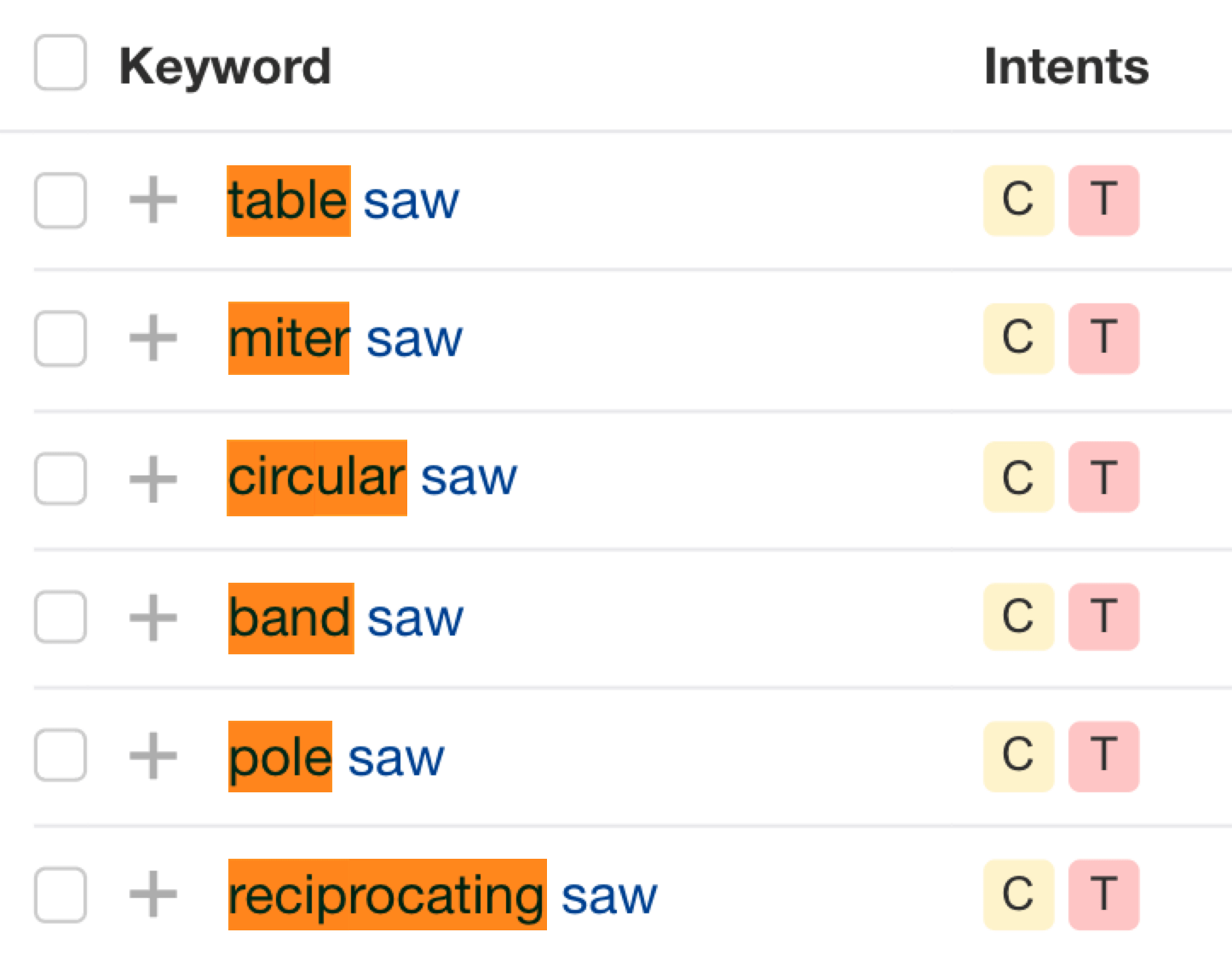

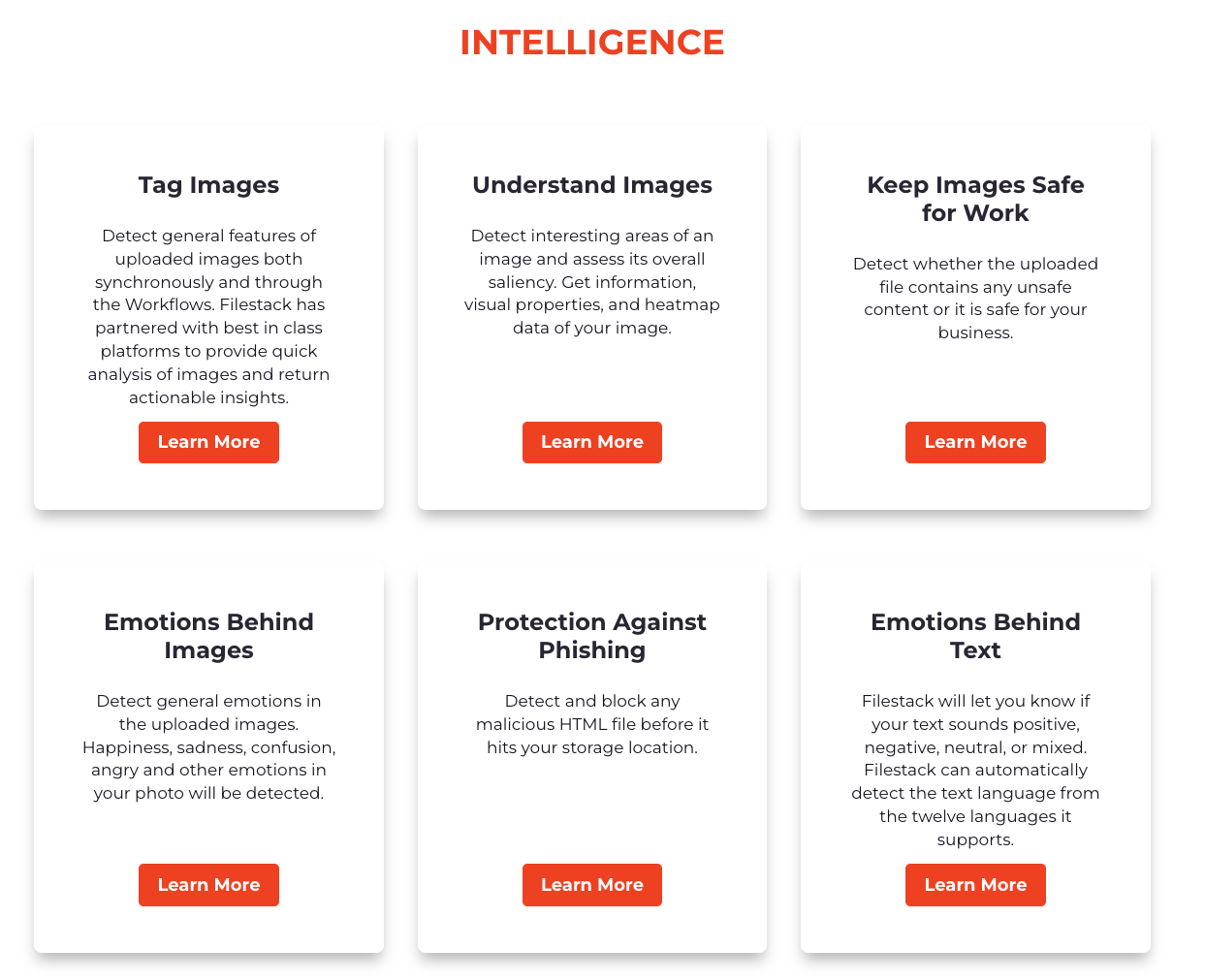
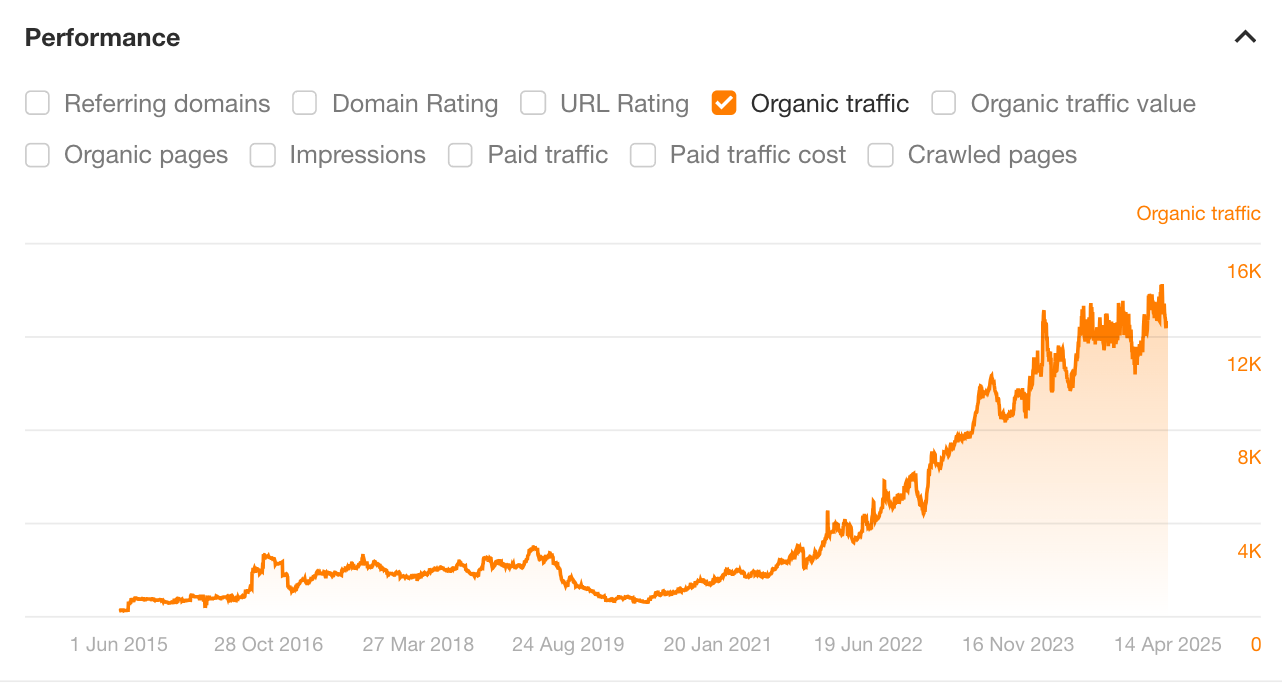

5. Add information gain to your content
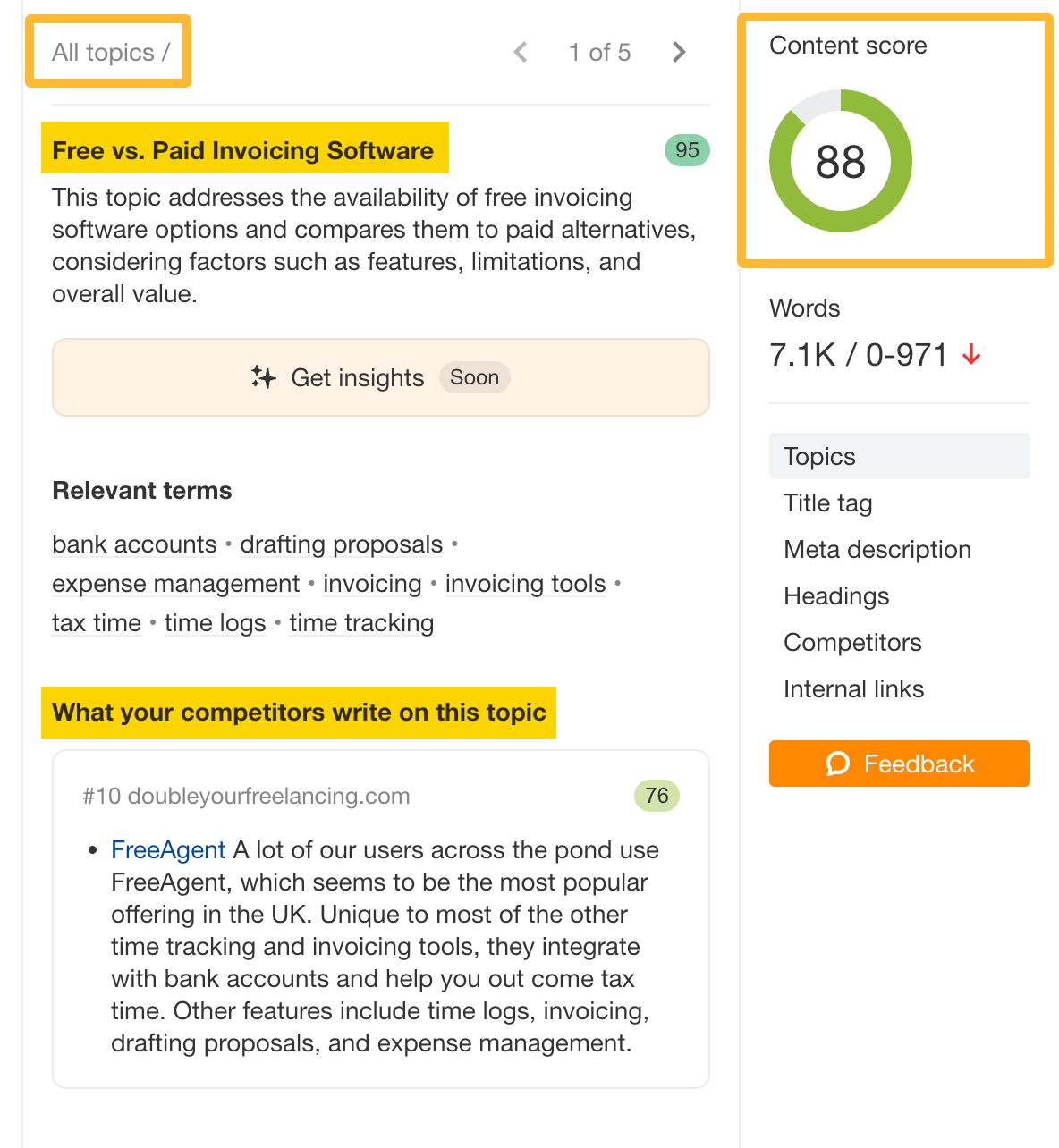
6. Close page-level topic gaps with content improvements
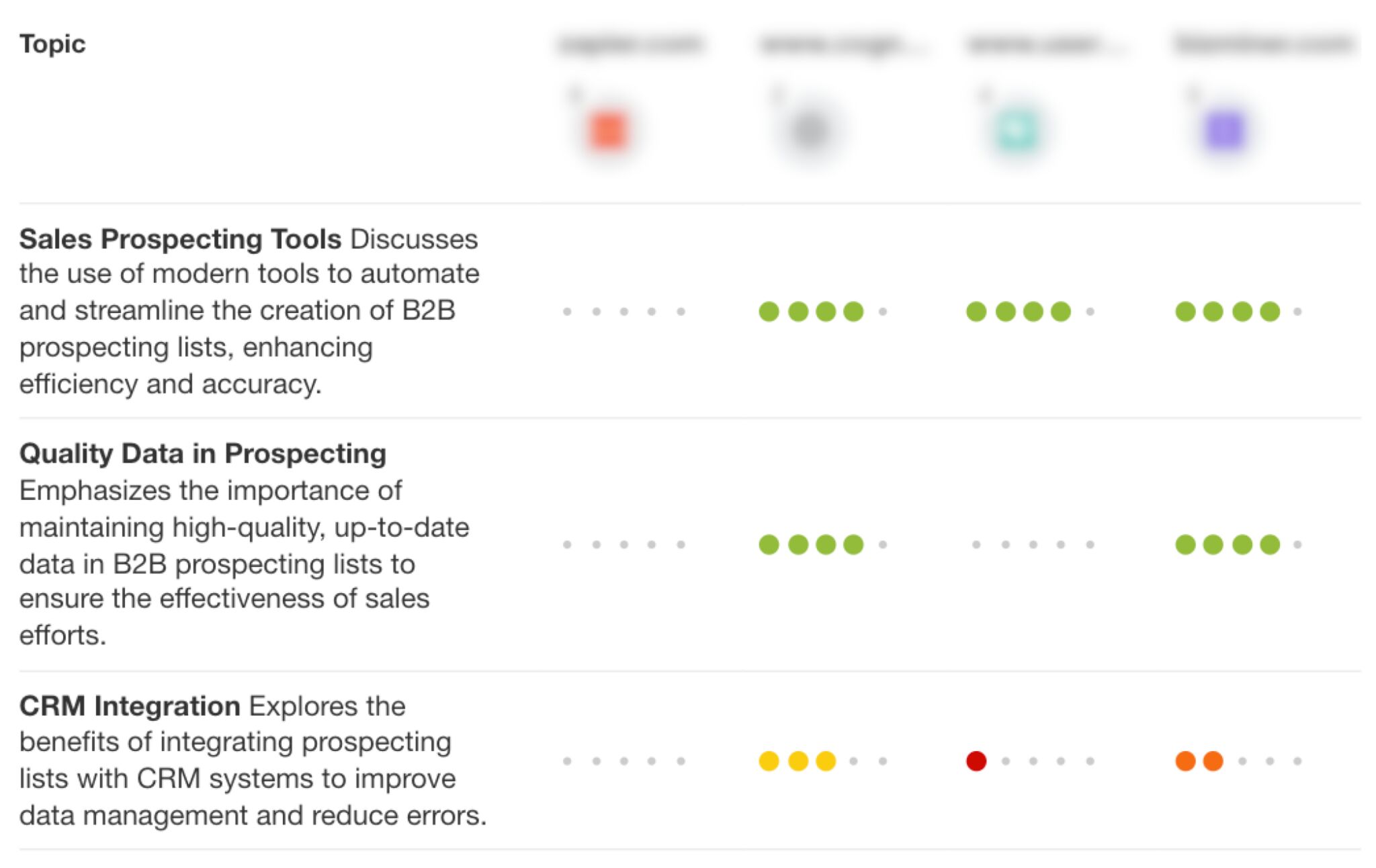
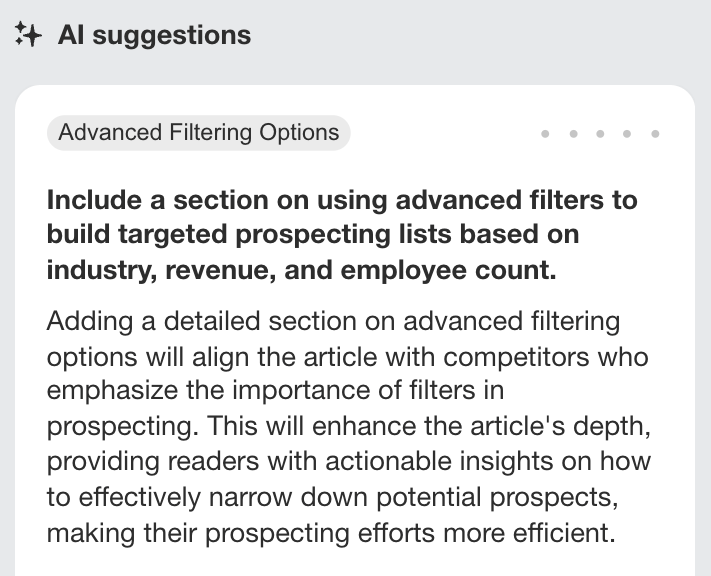
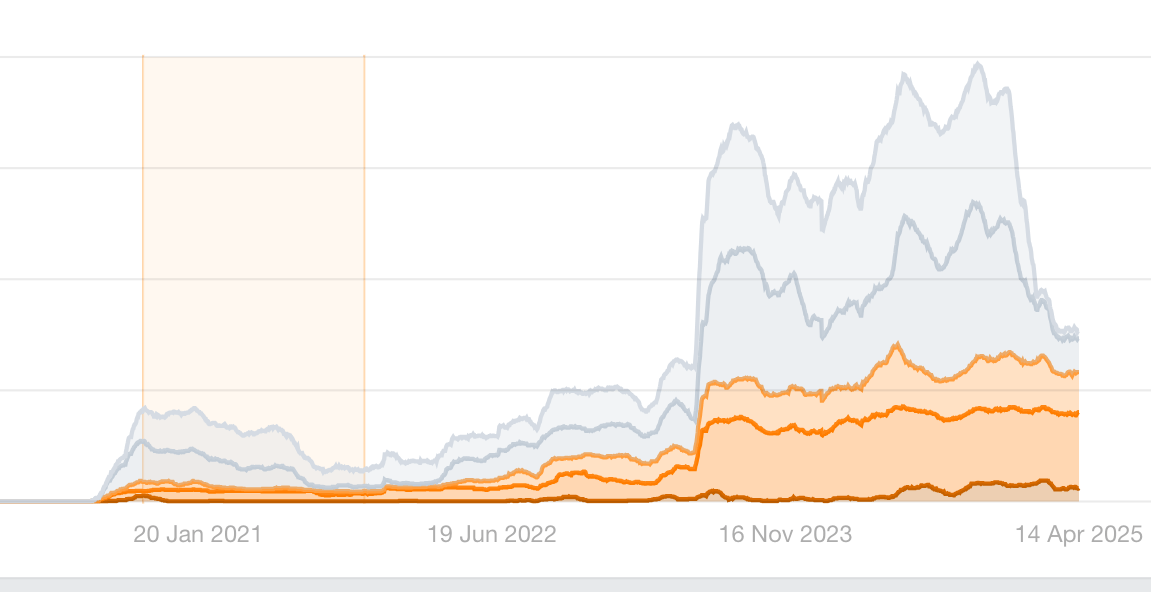
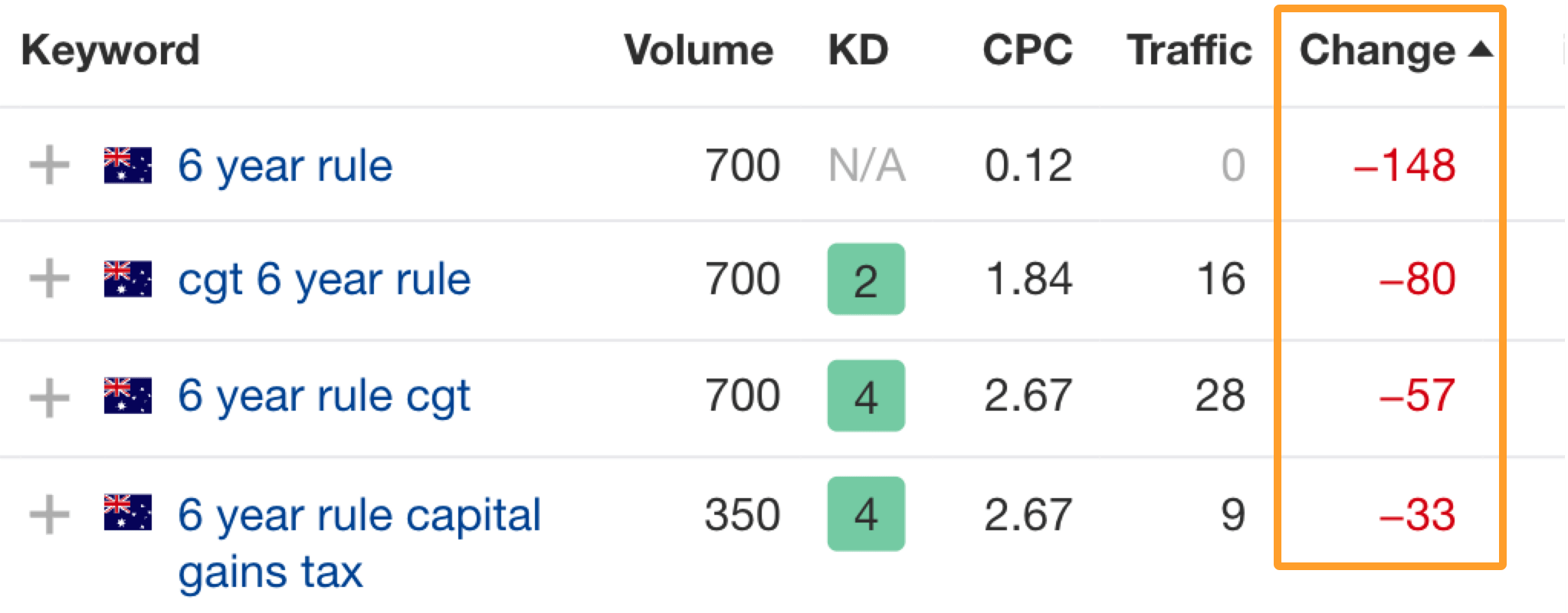
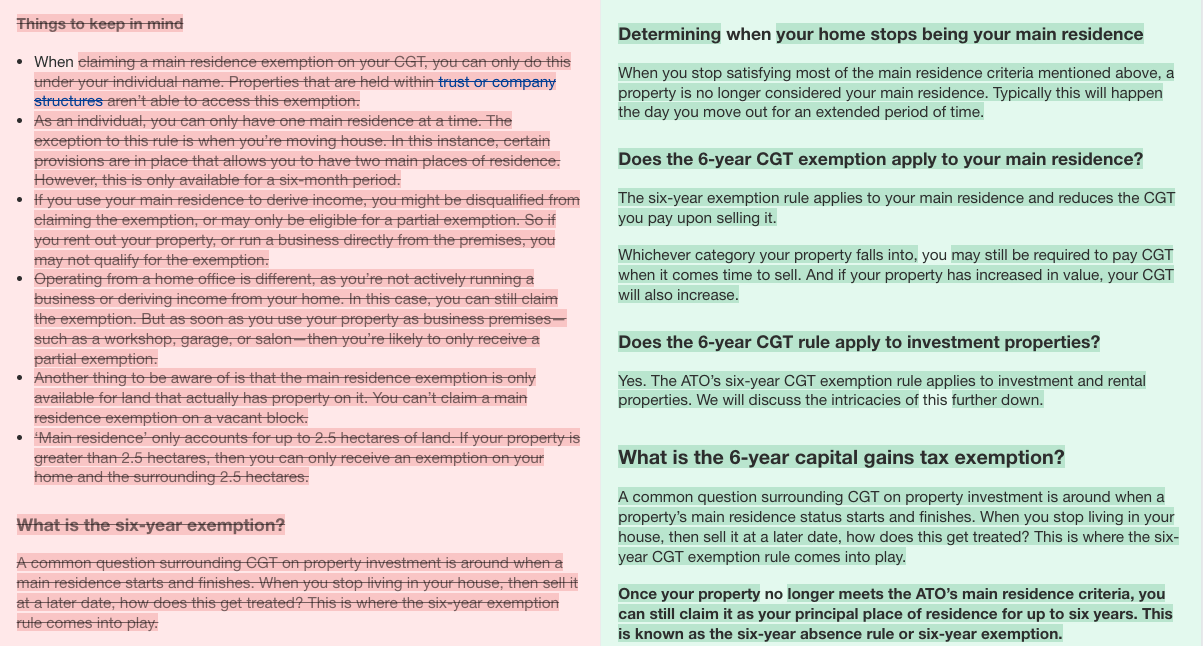
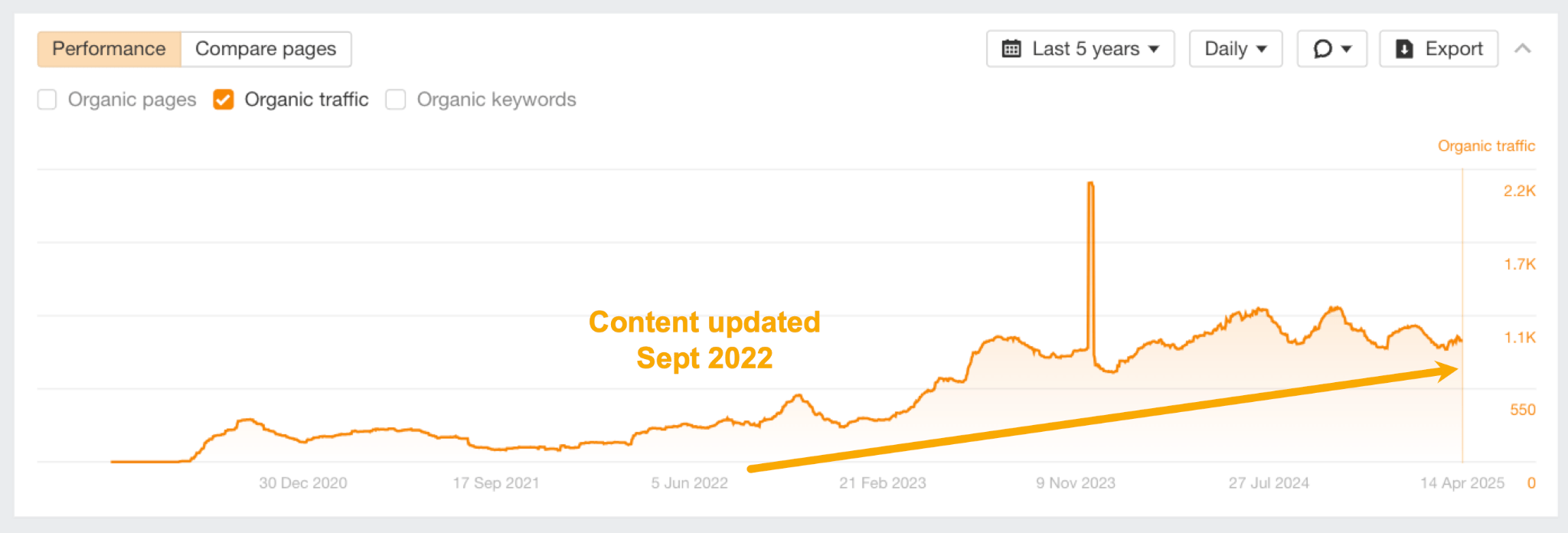
7. Build “topical authority” at a site-wide level
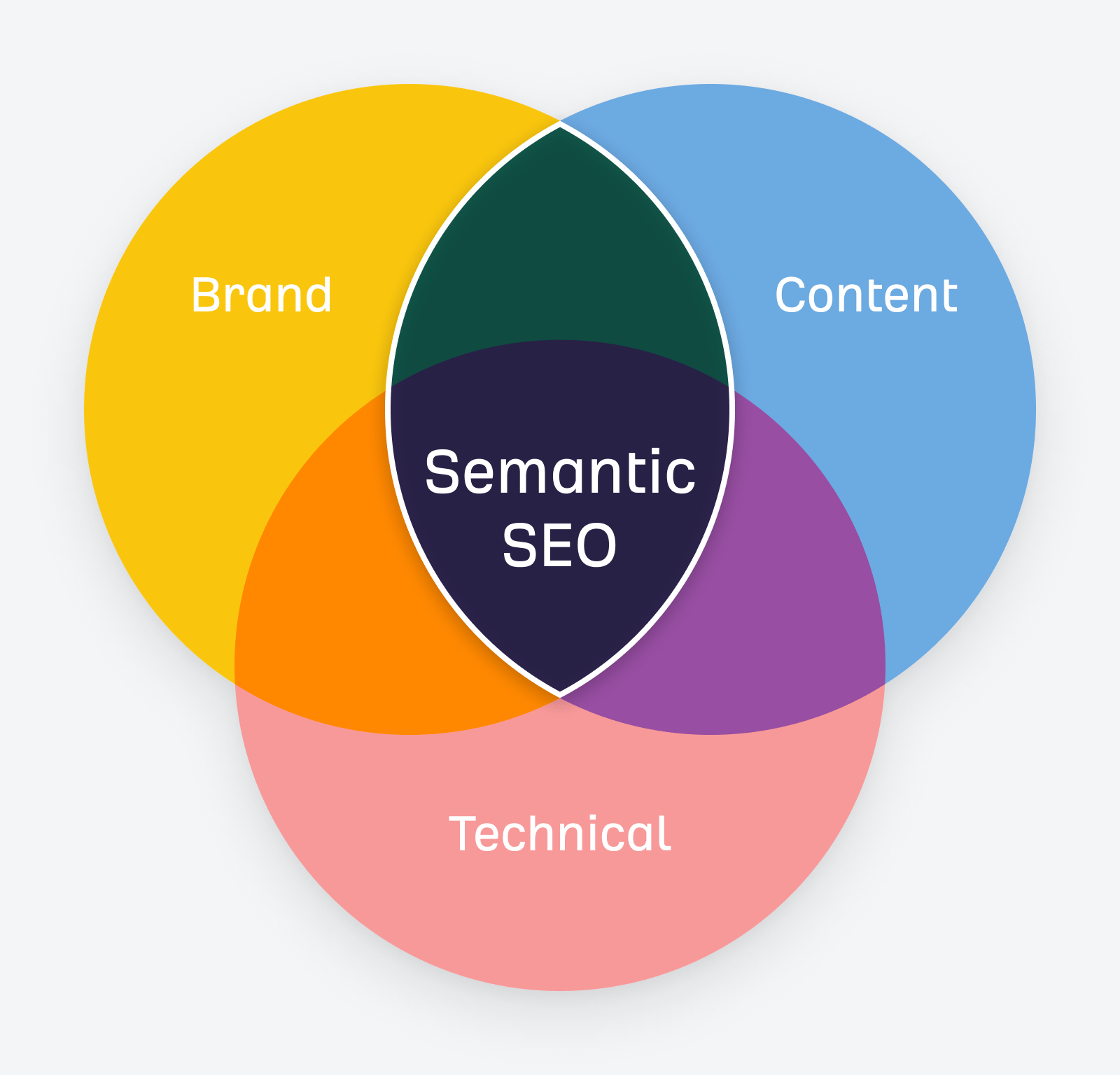
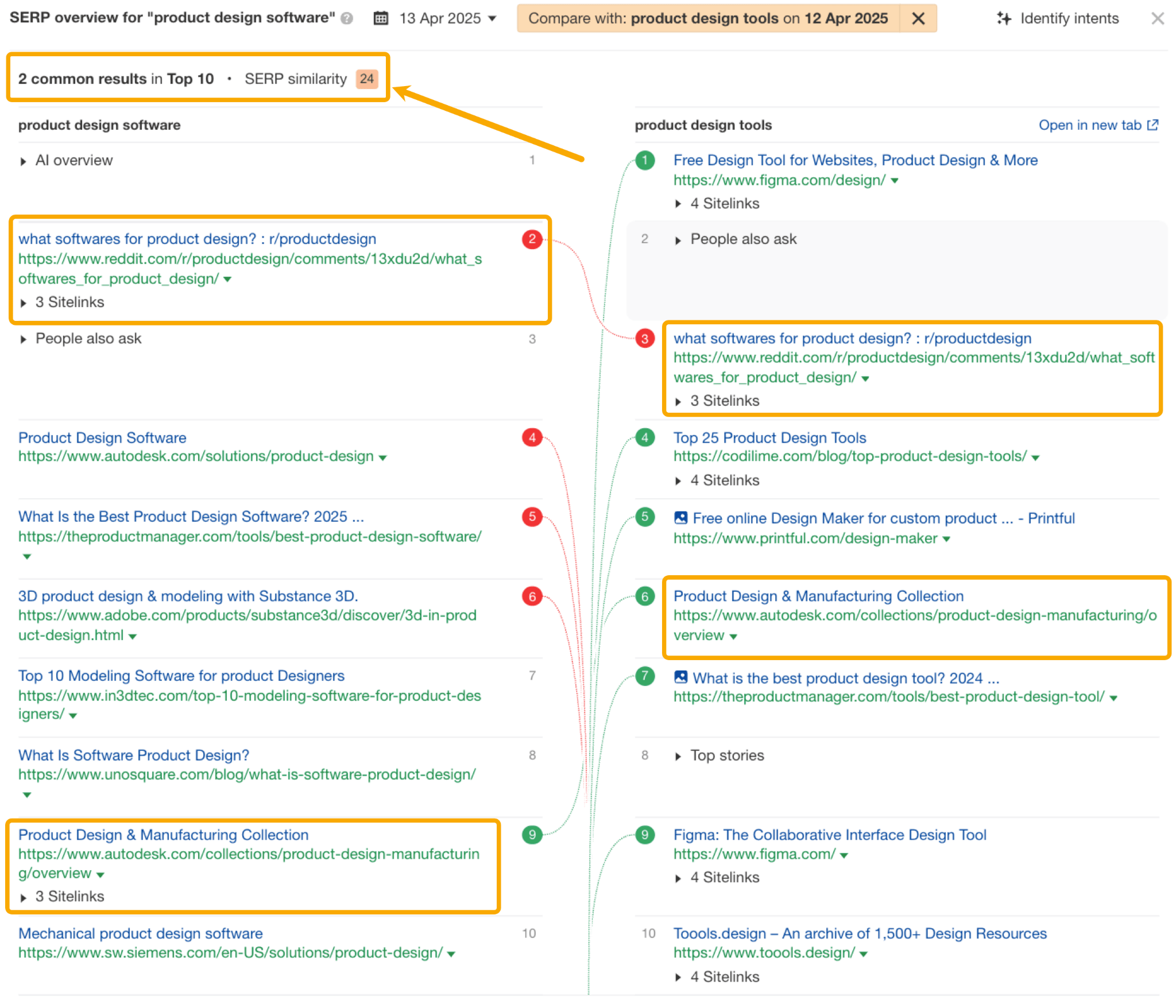
8. Create clear, structured data with schema and semantic HTML


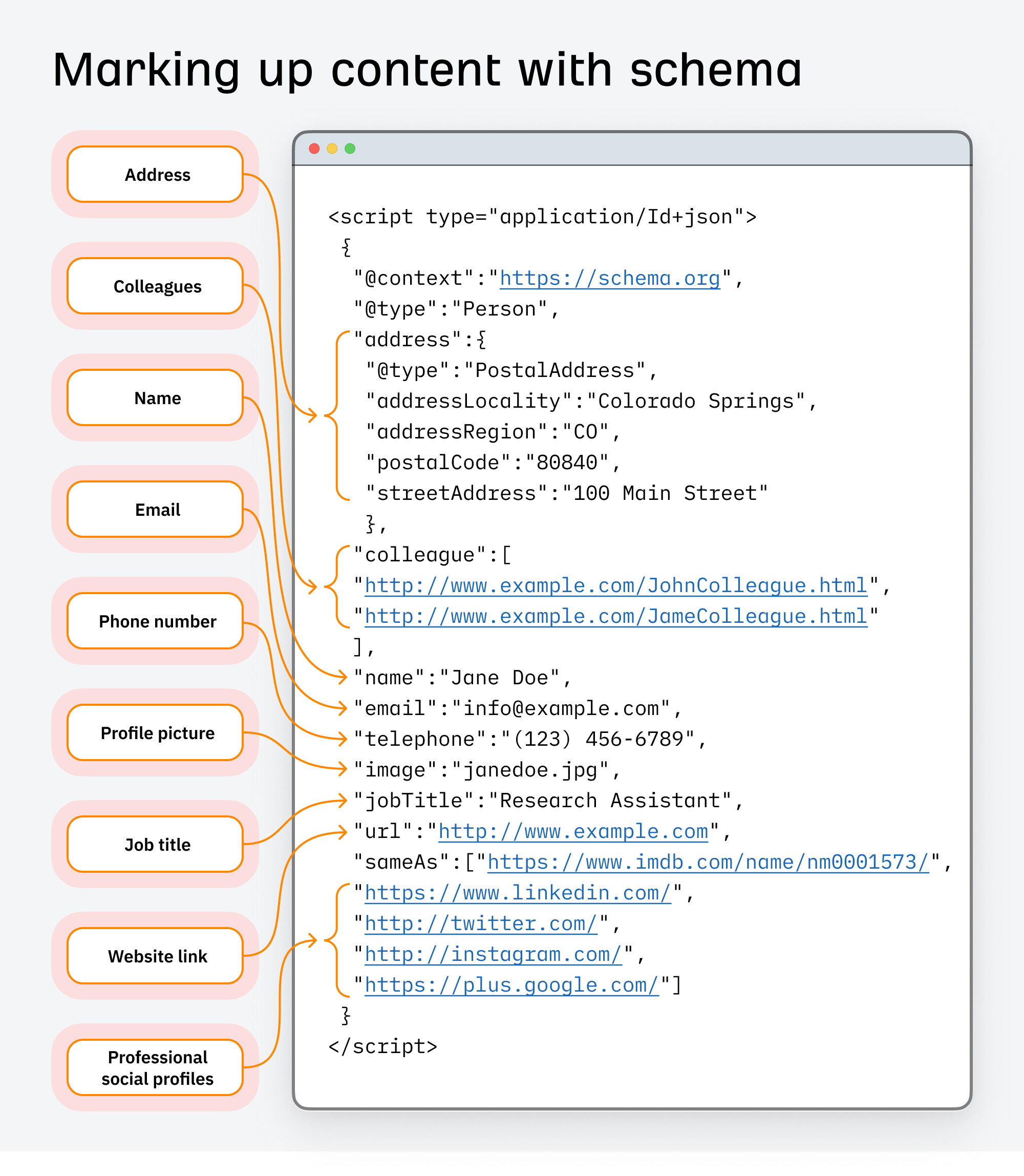
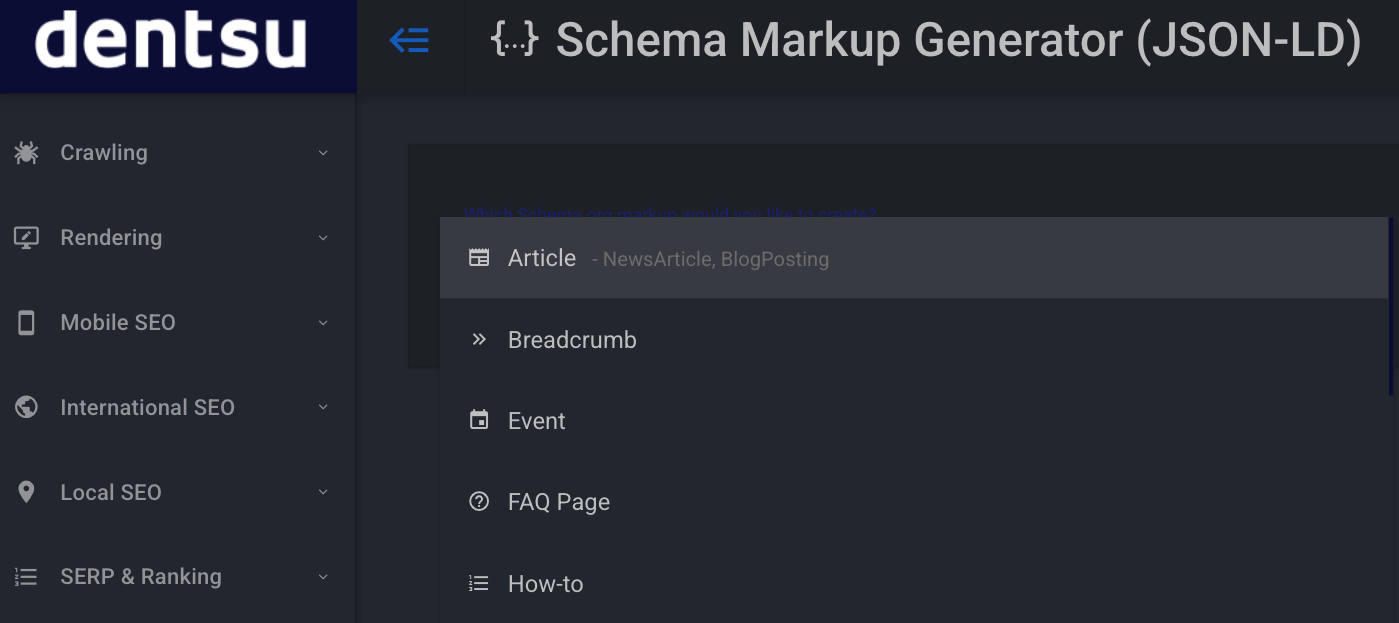
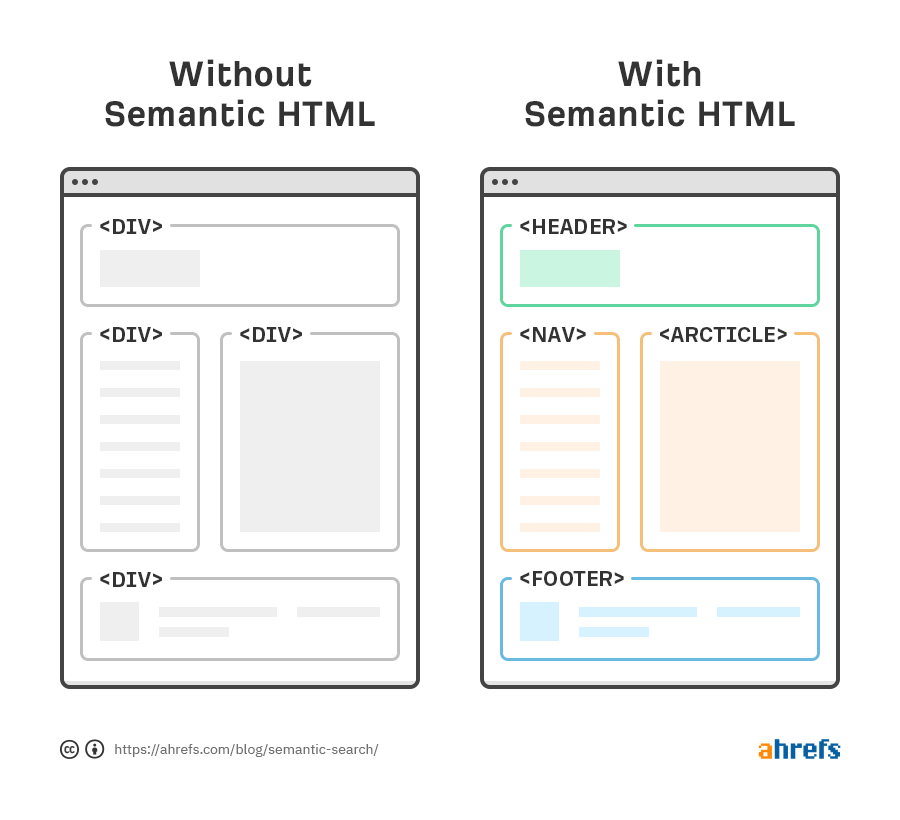

9. Use links and mentions to improve brand sentiment and reputation

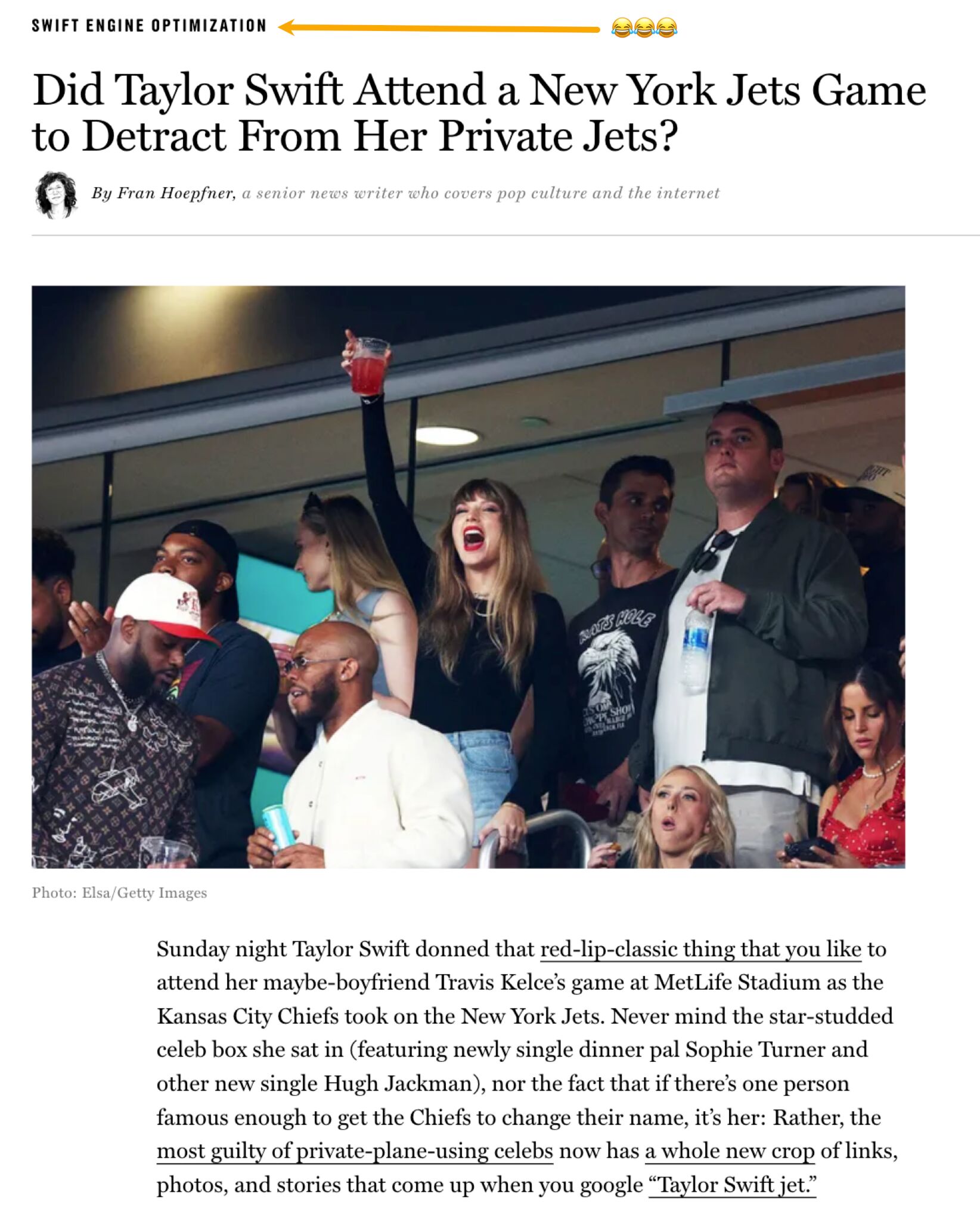

10. Optimize all entities associated with your local business
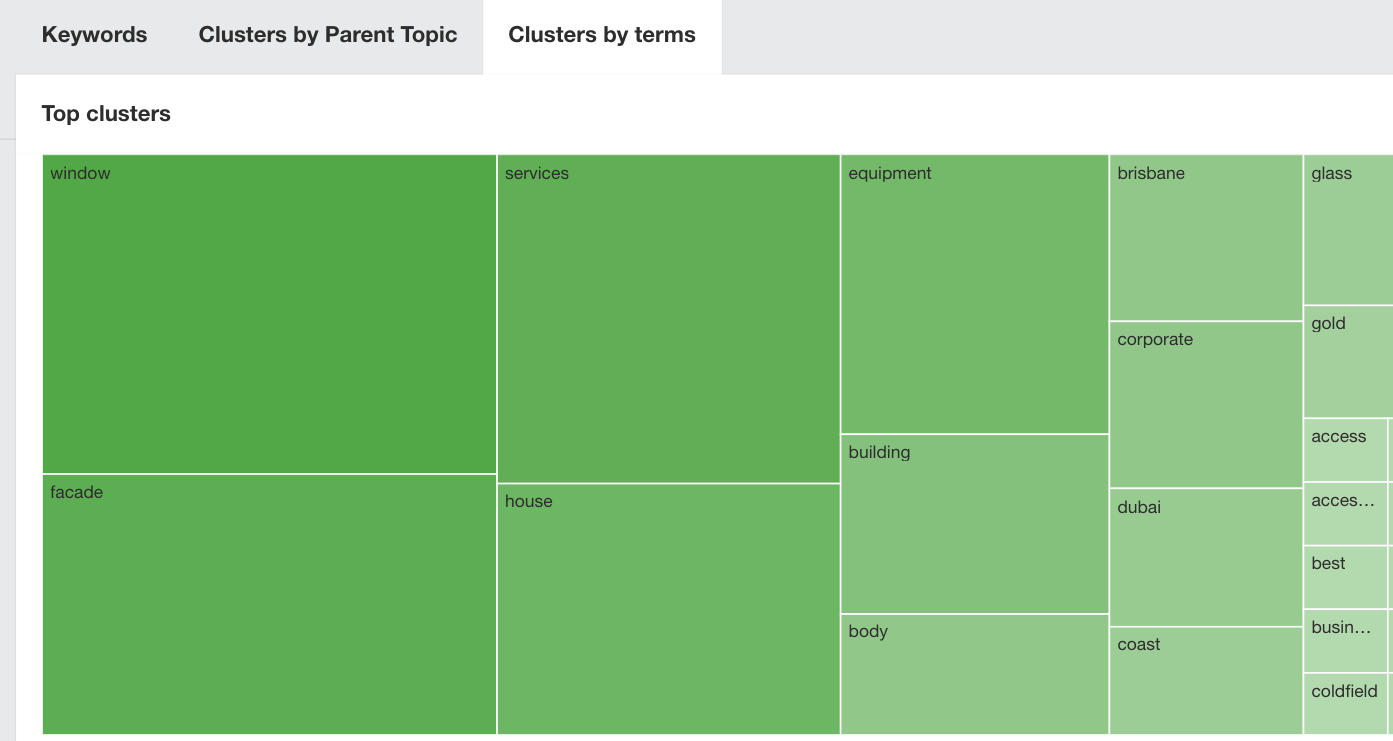
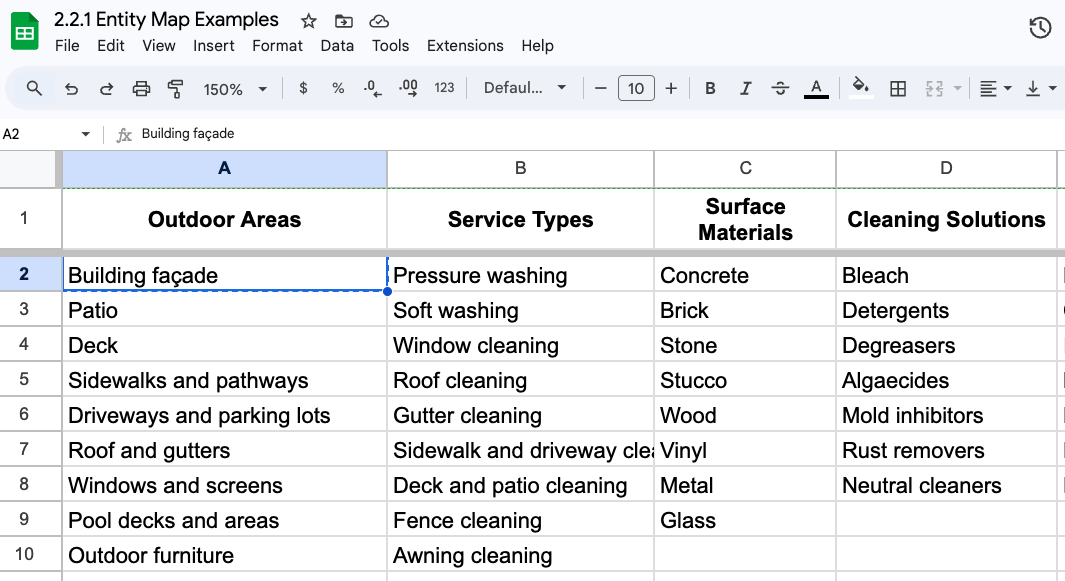
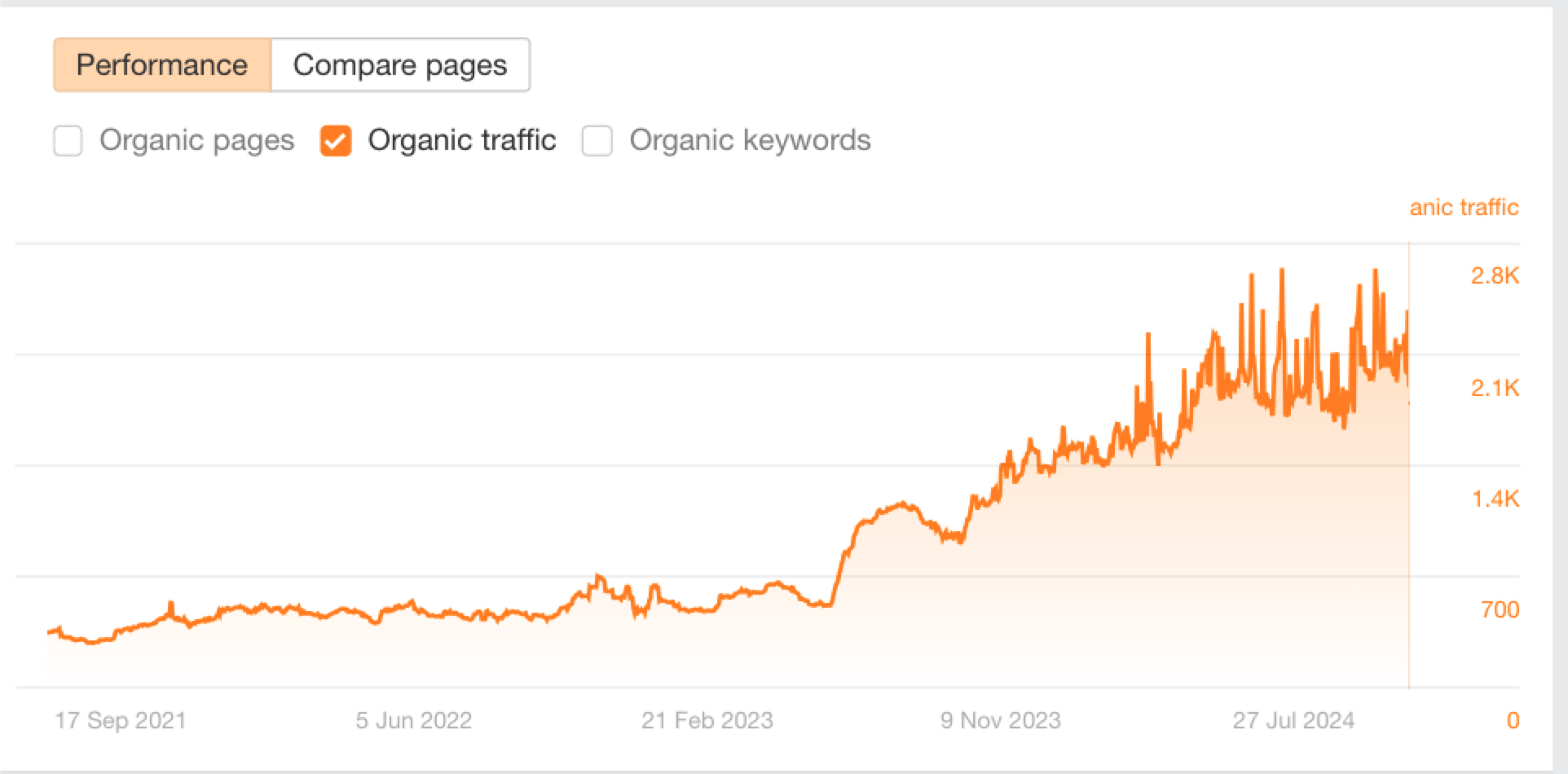
Final thoughts

 JaneWalter
JaneWalter 